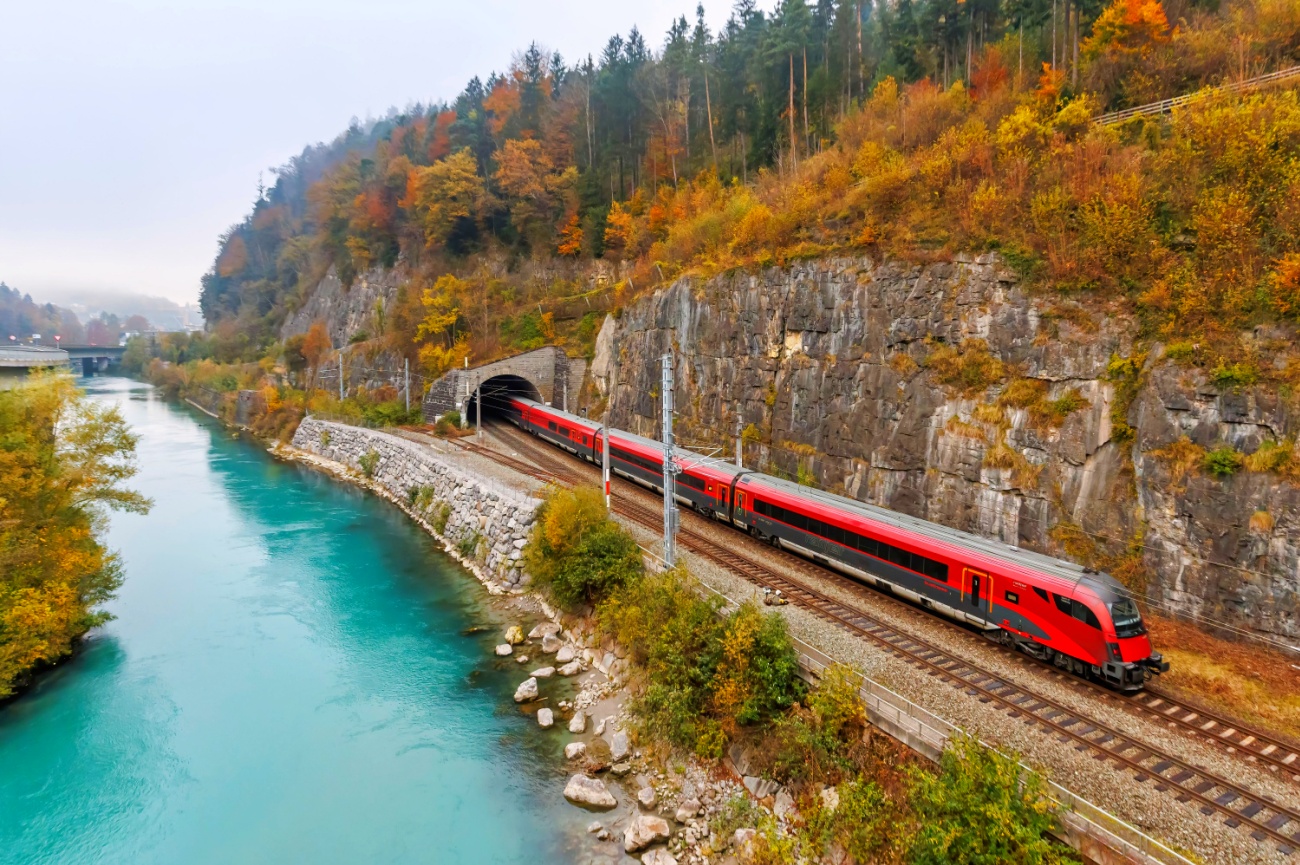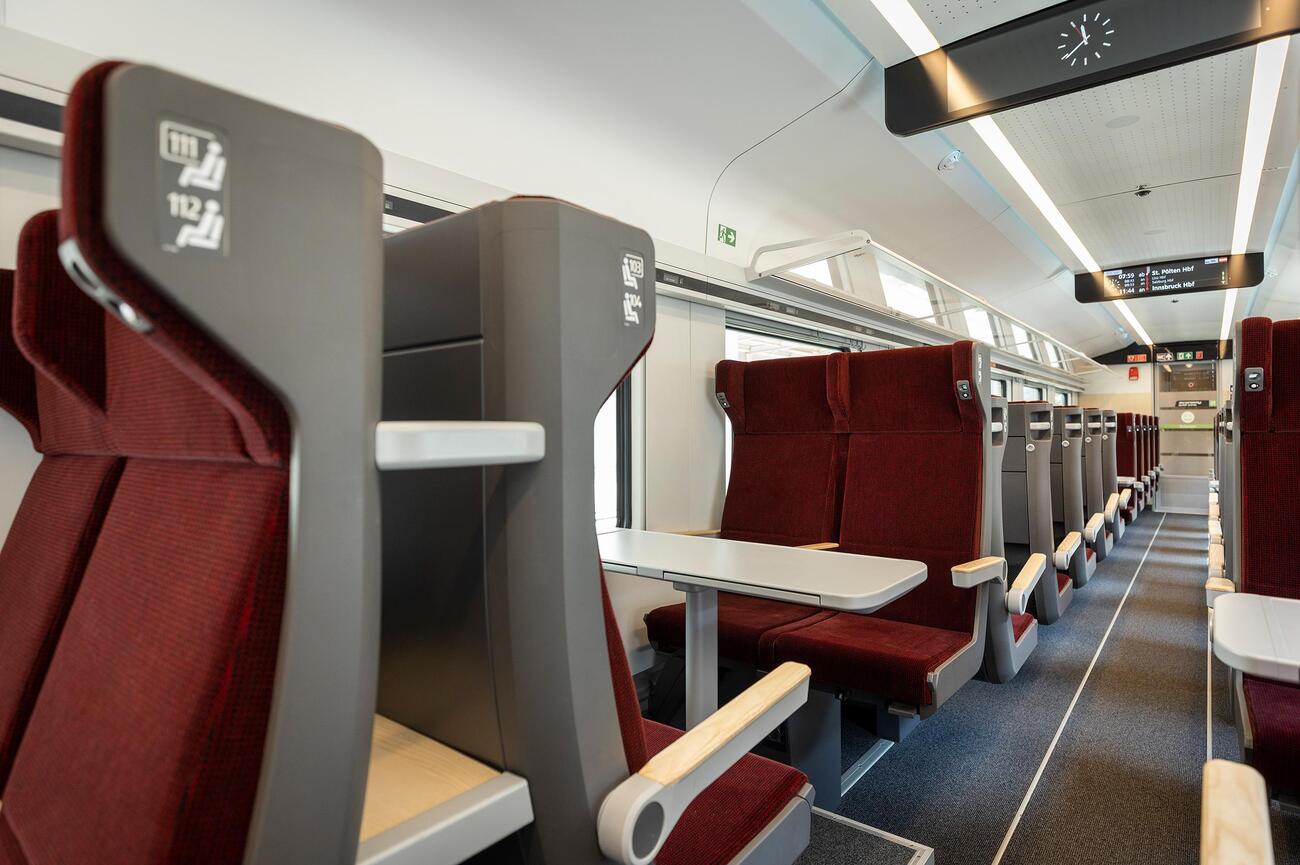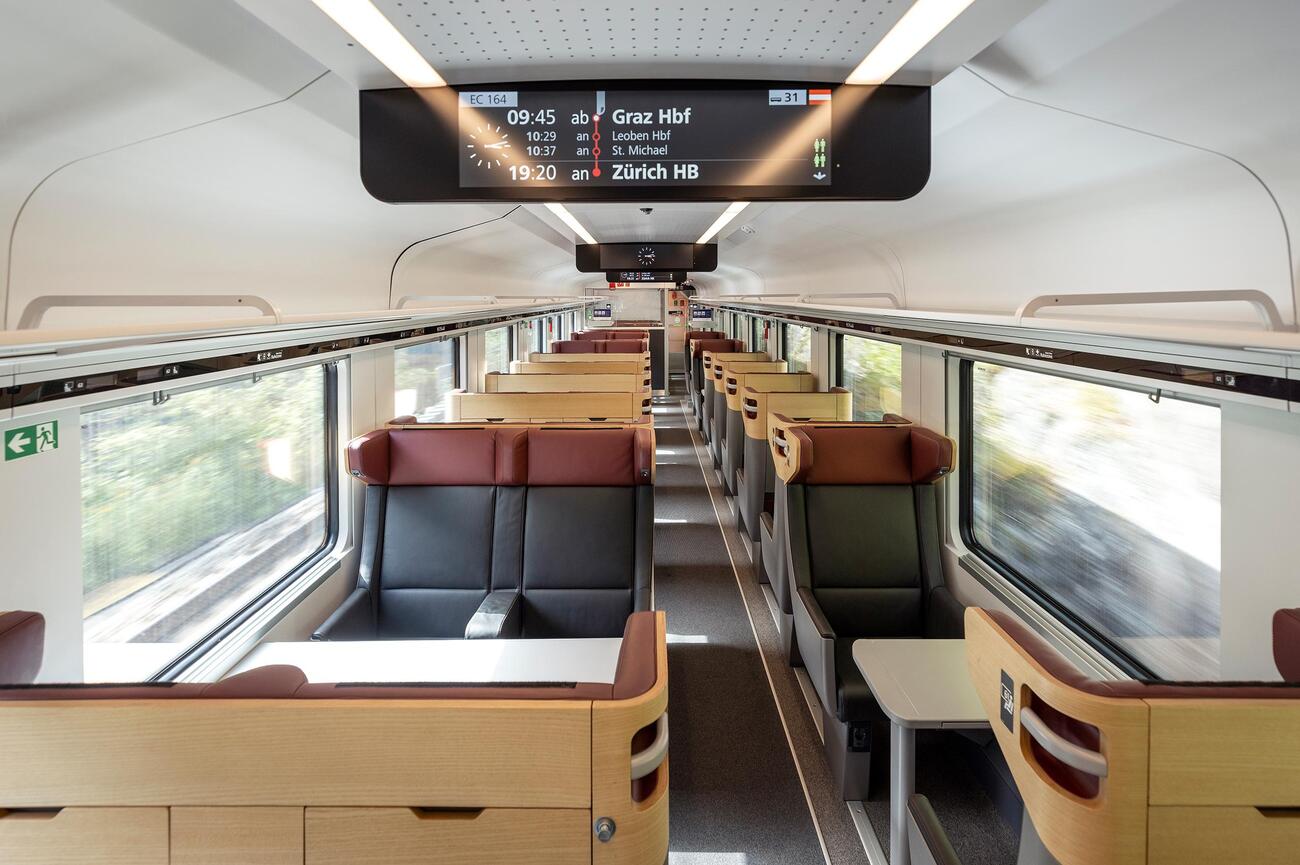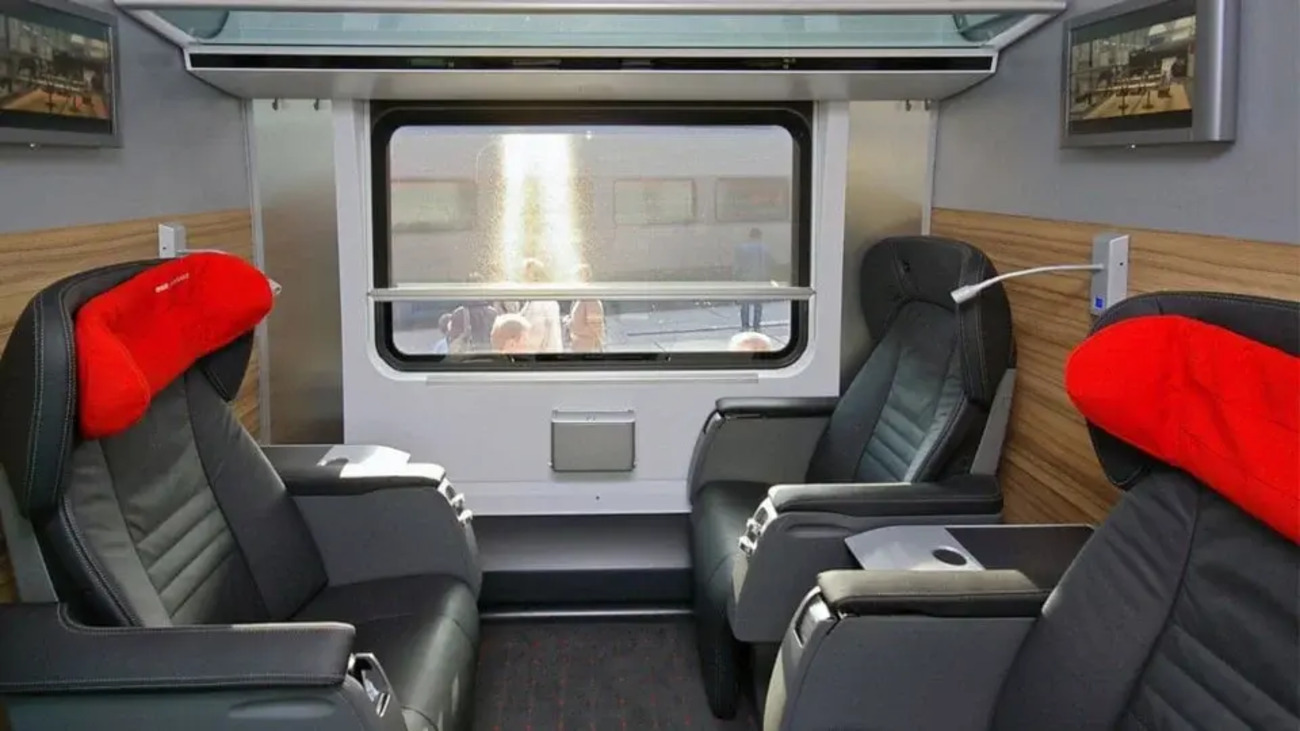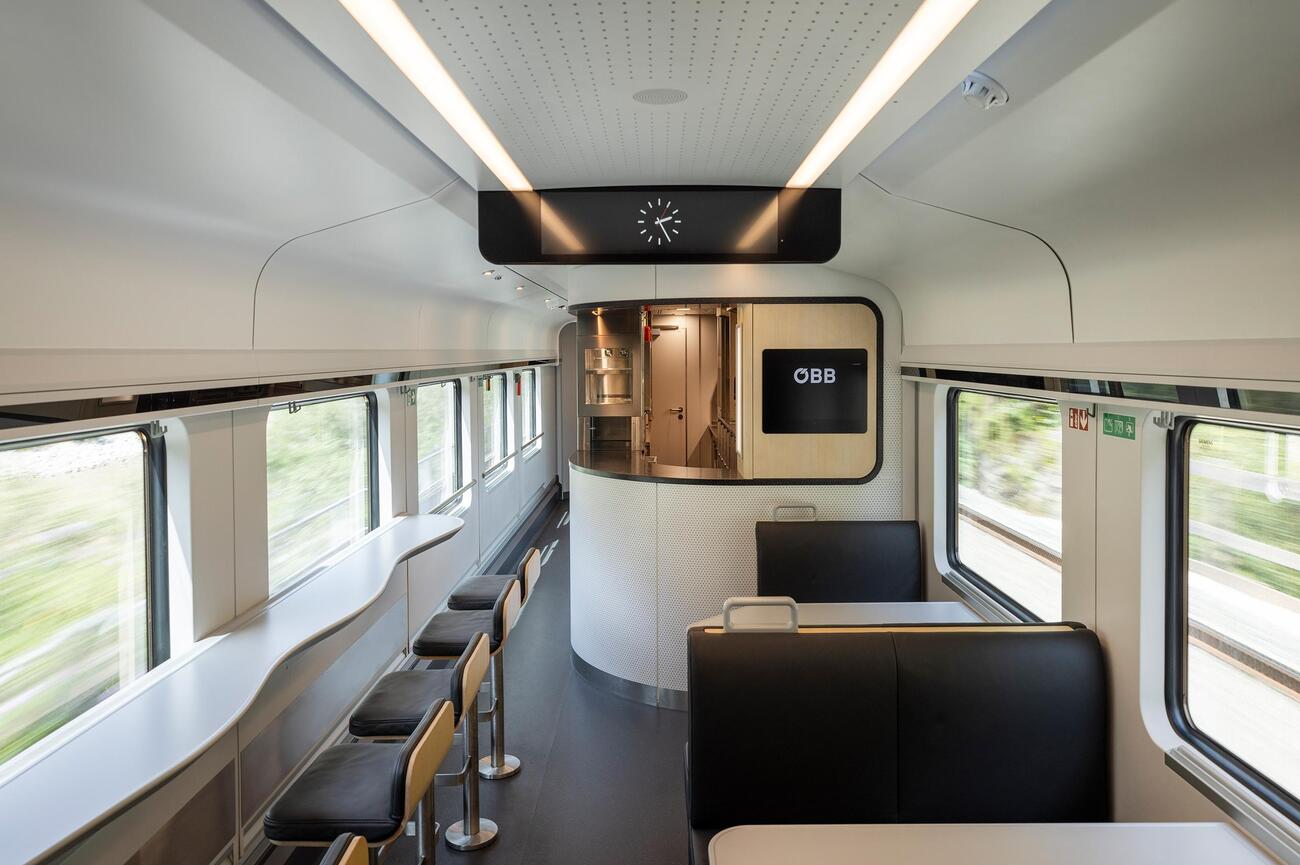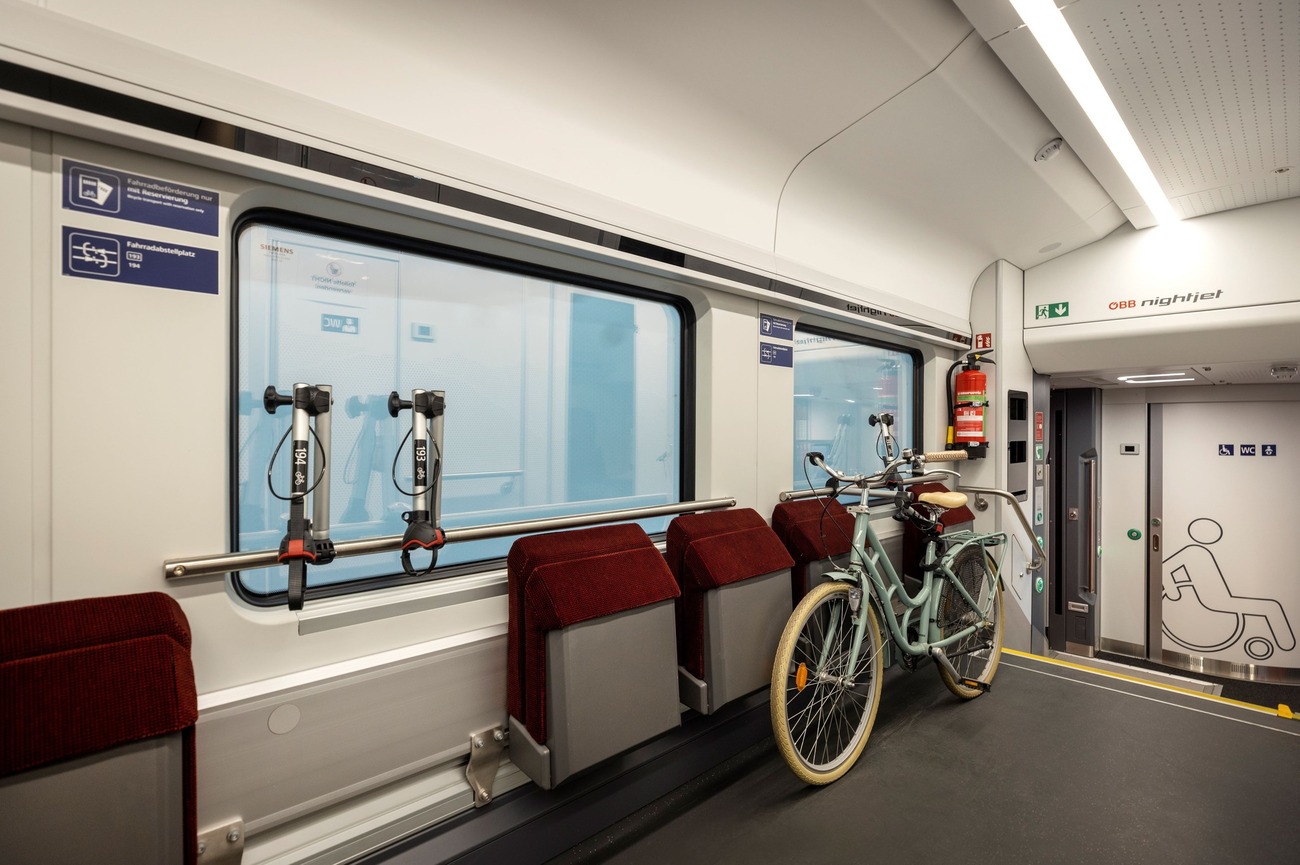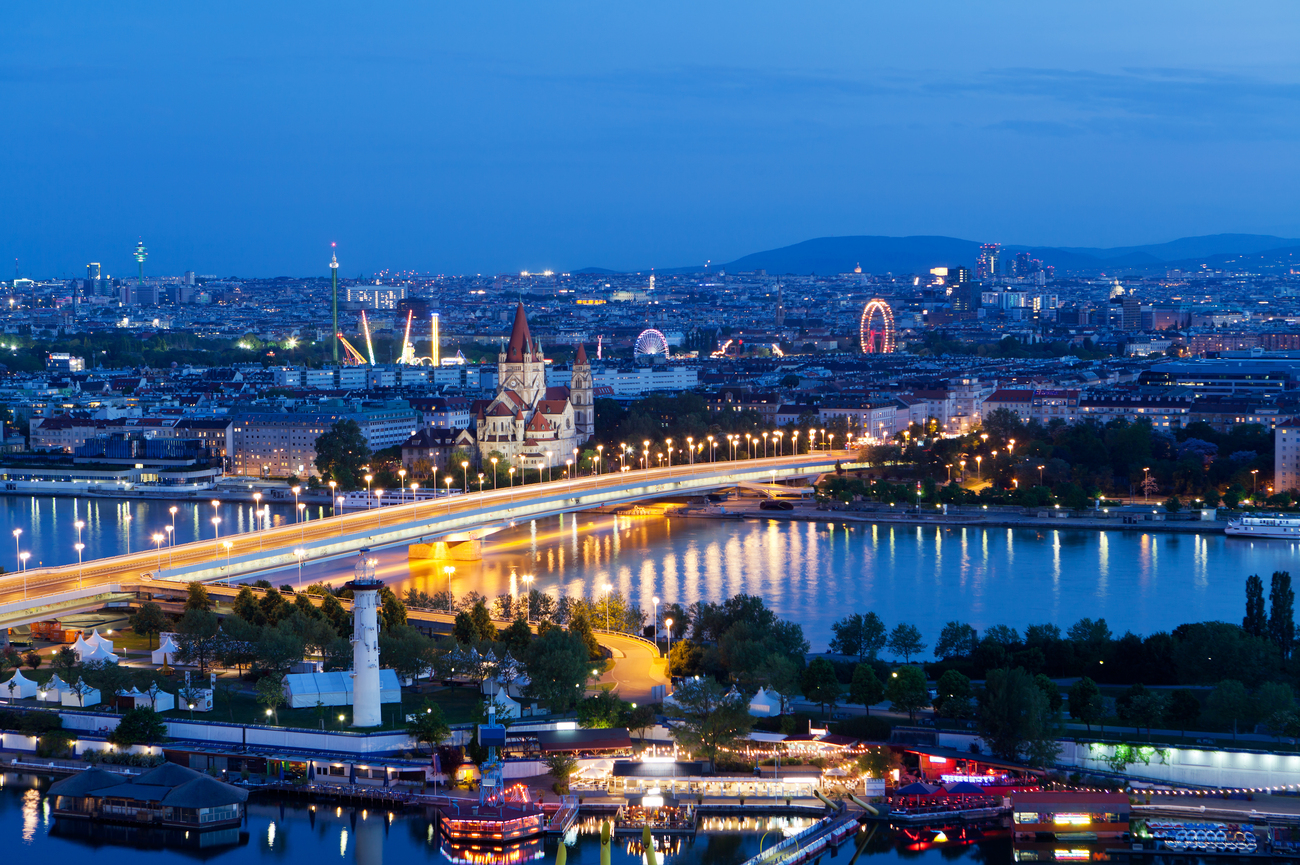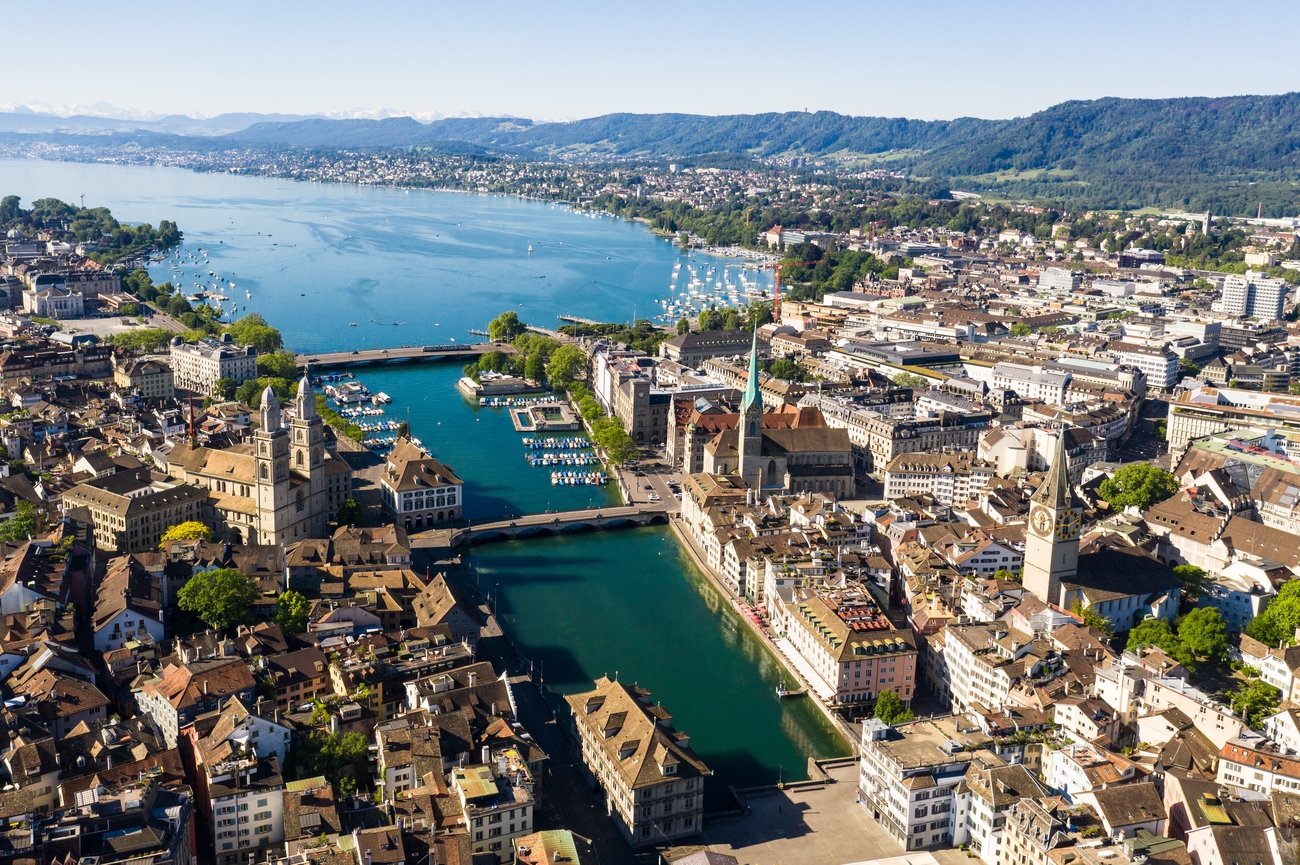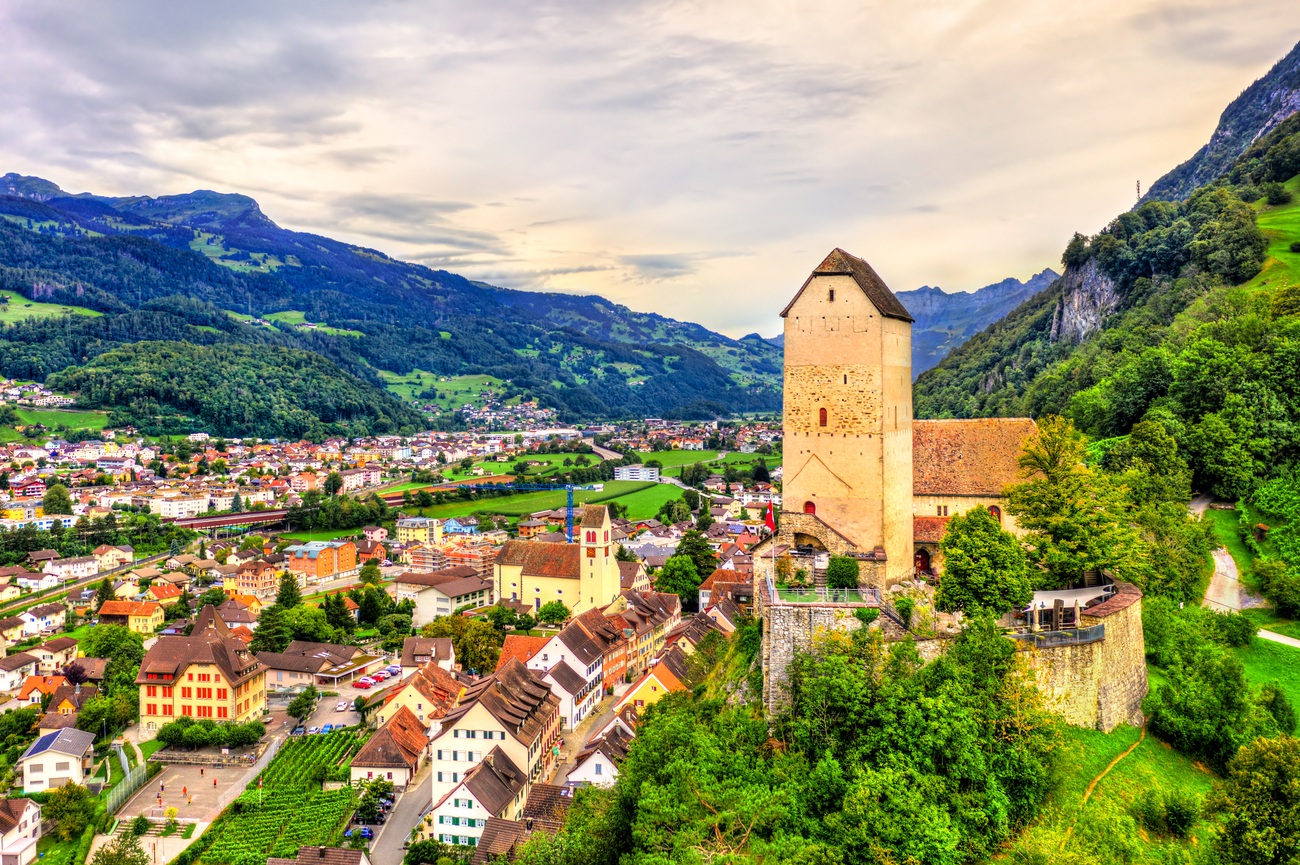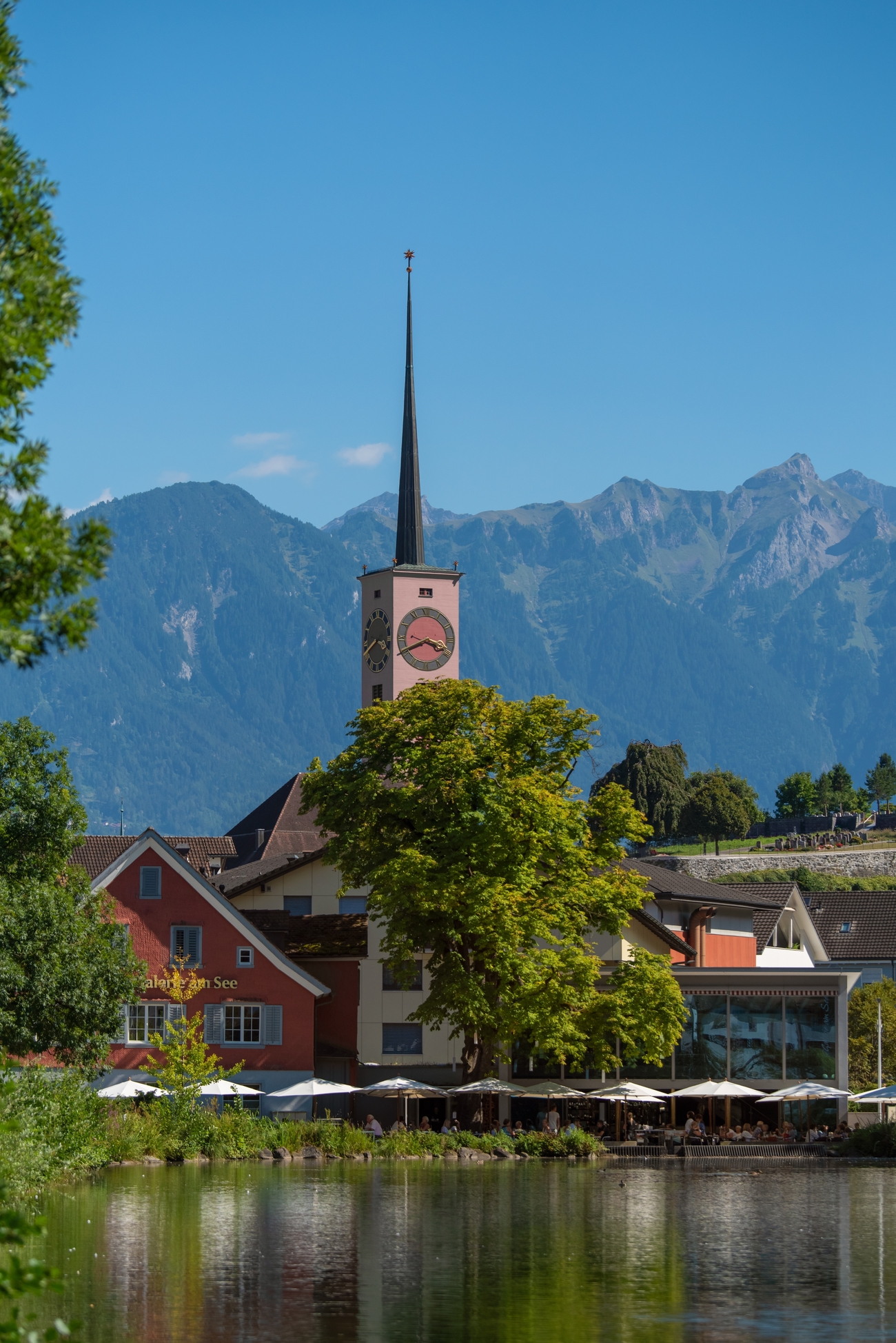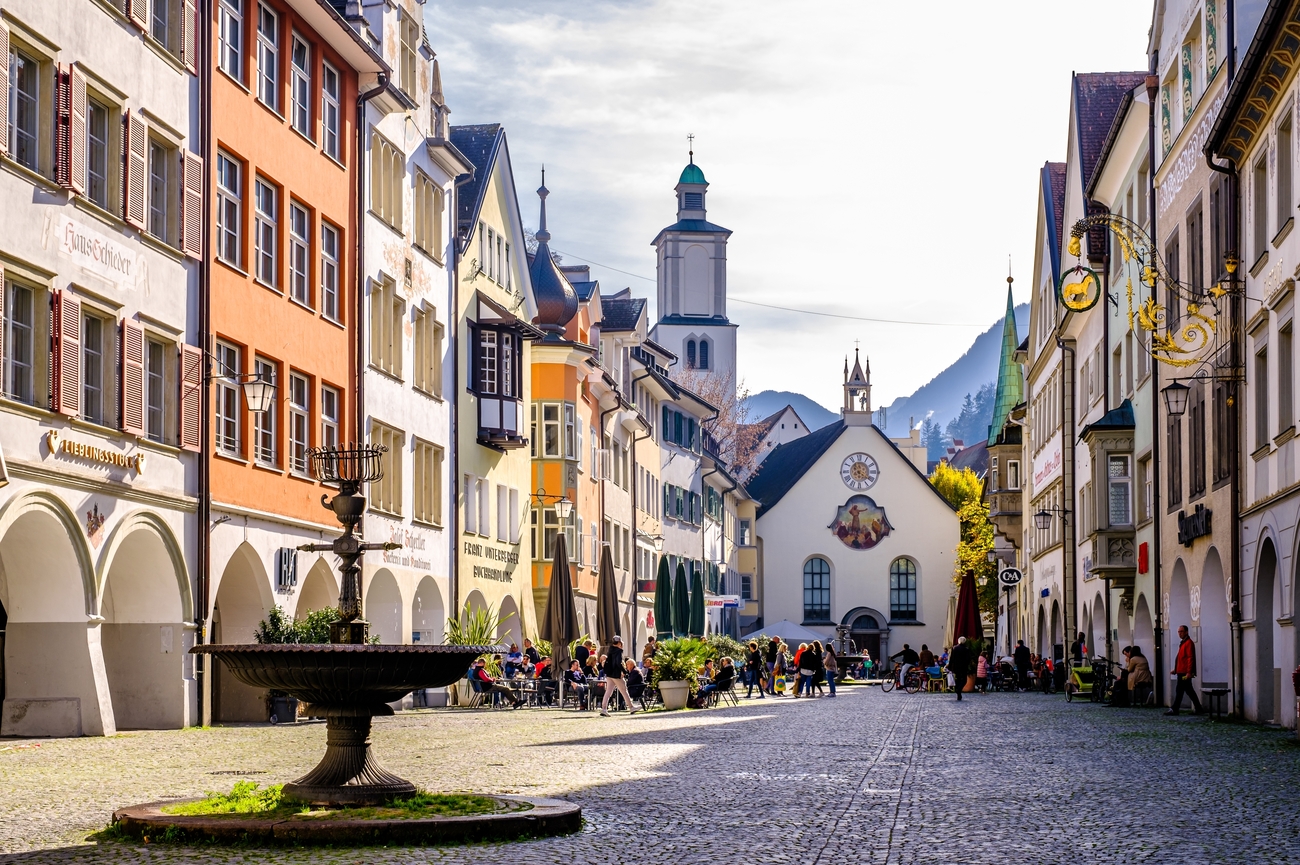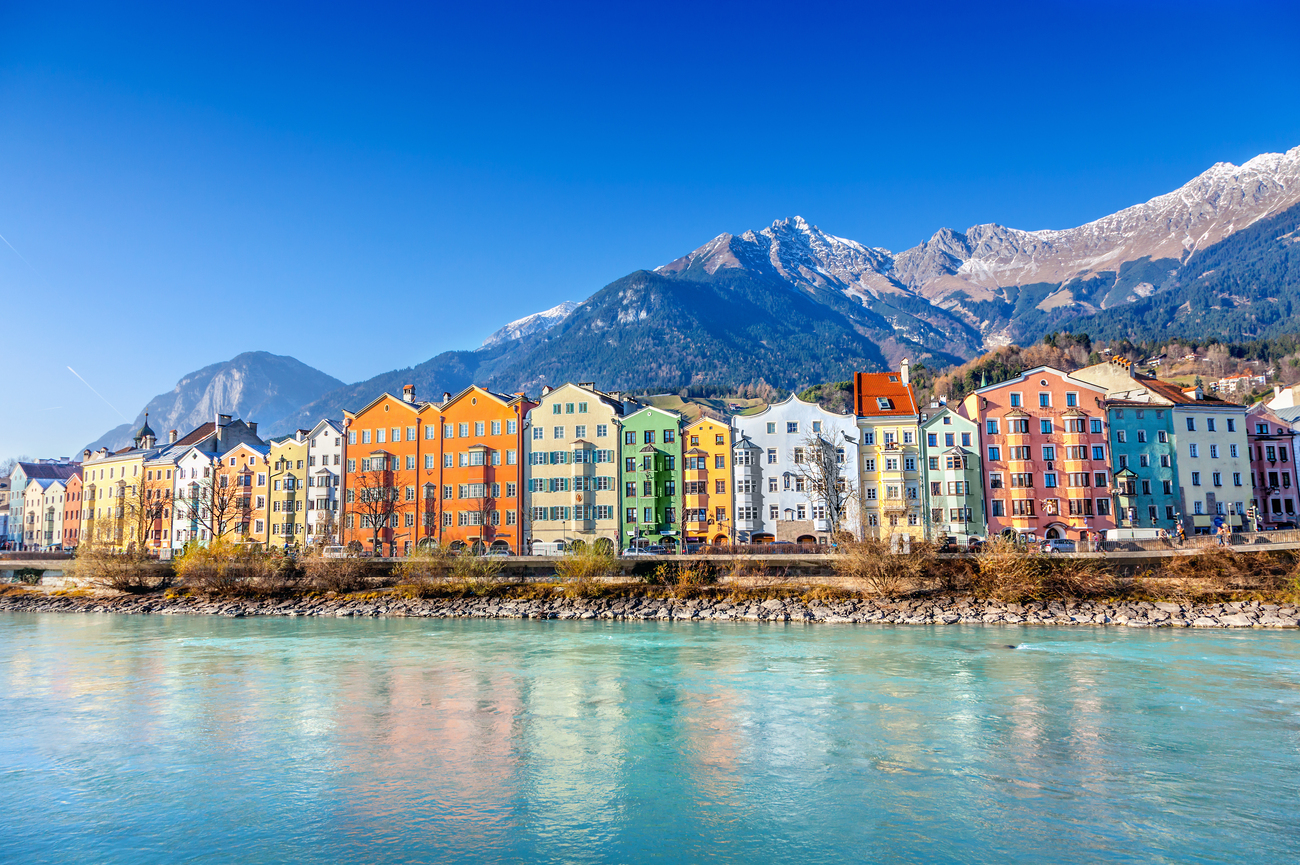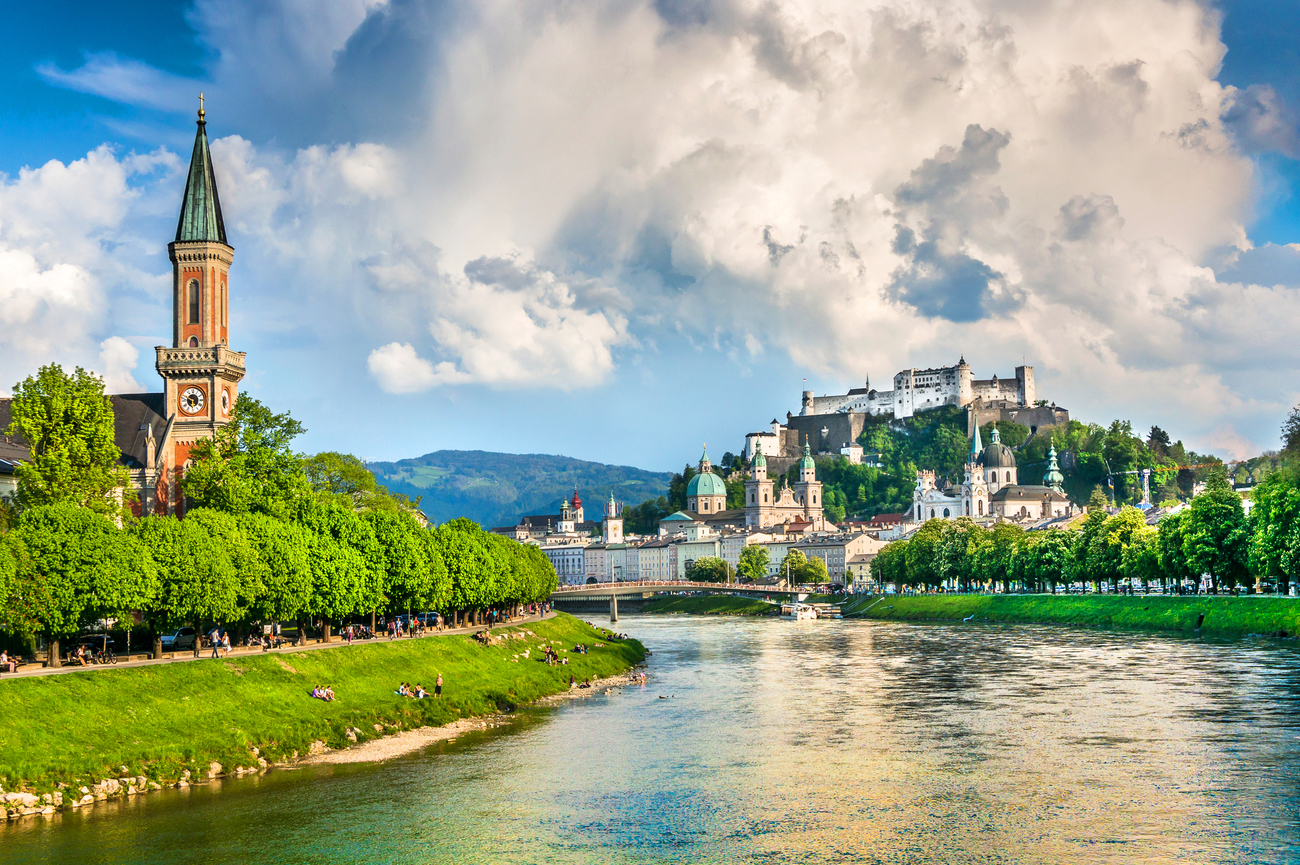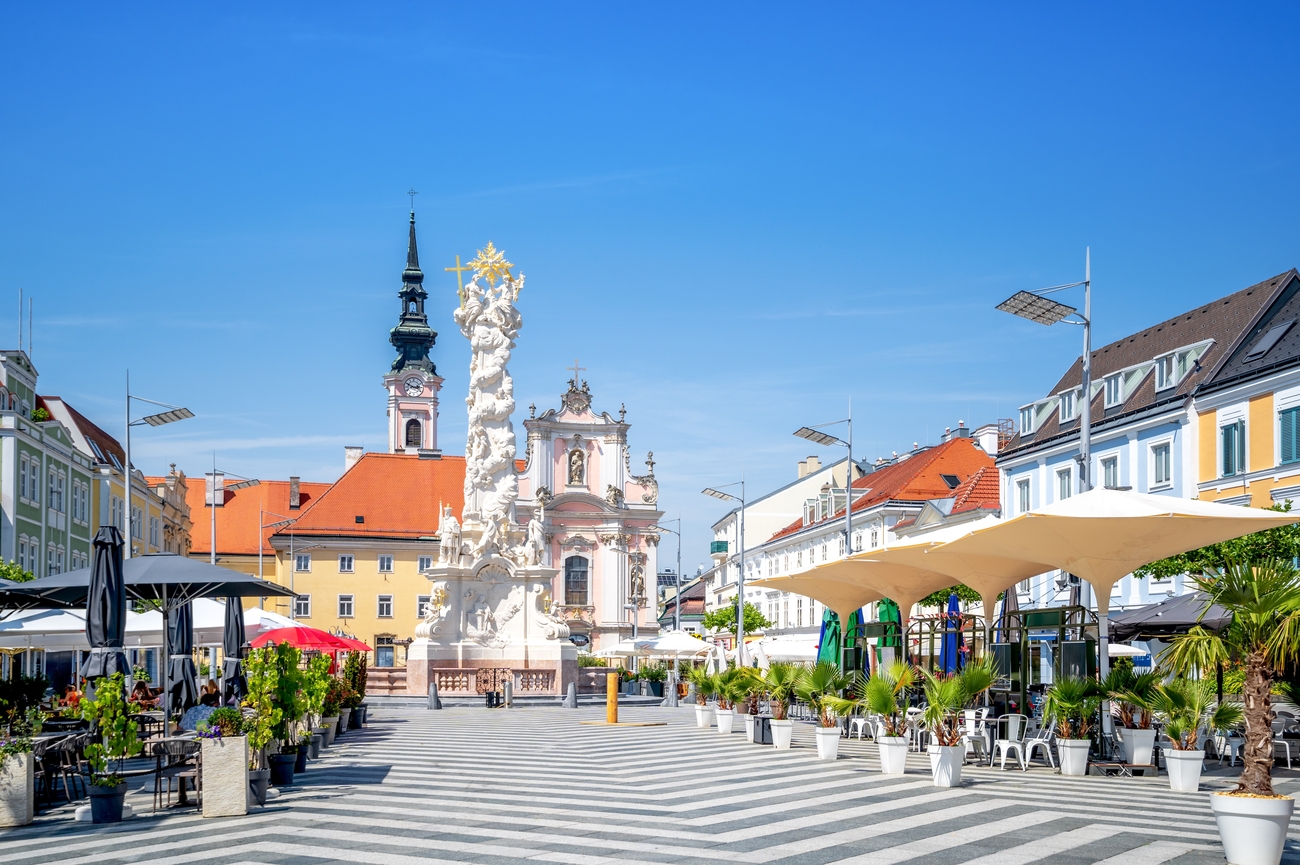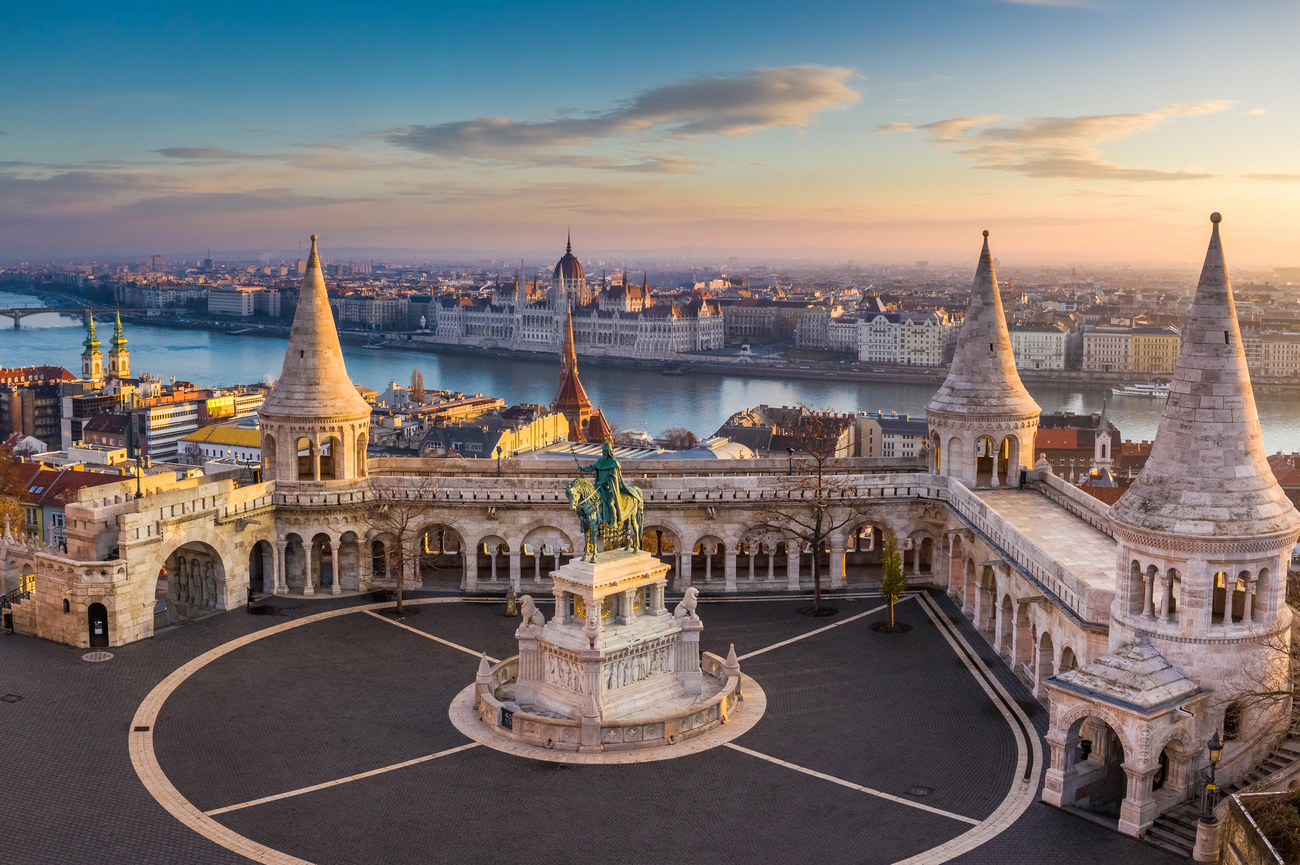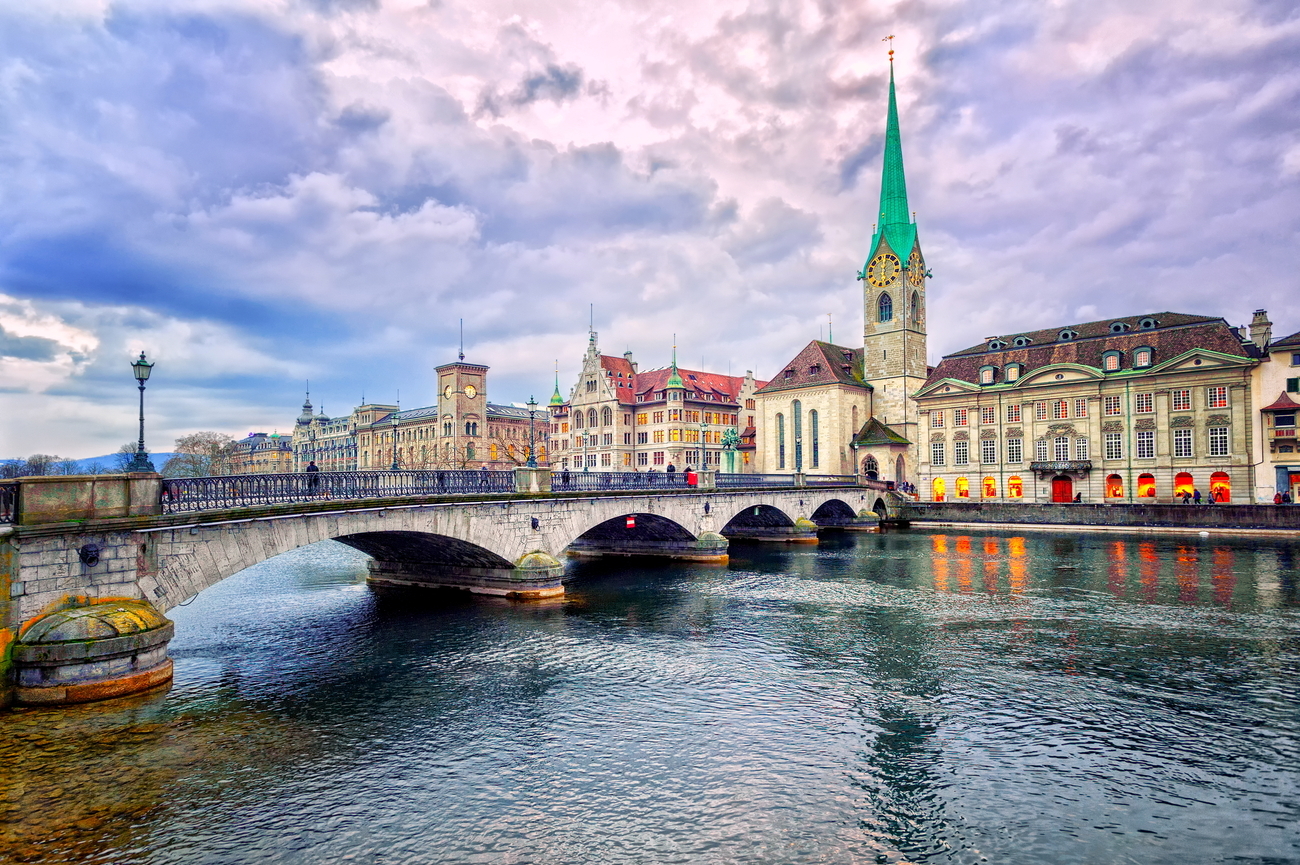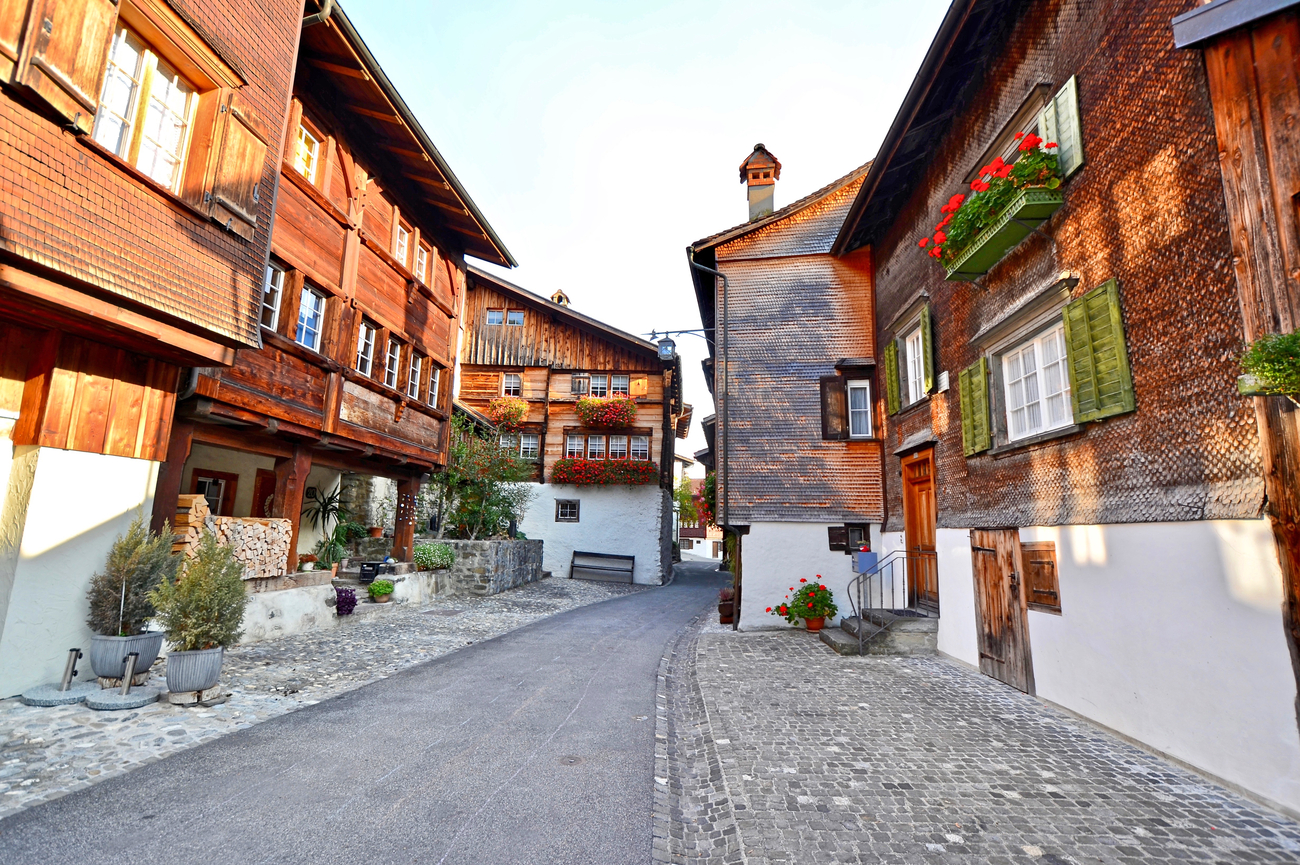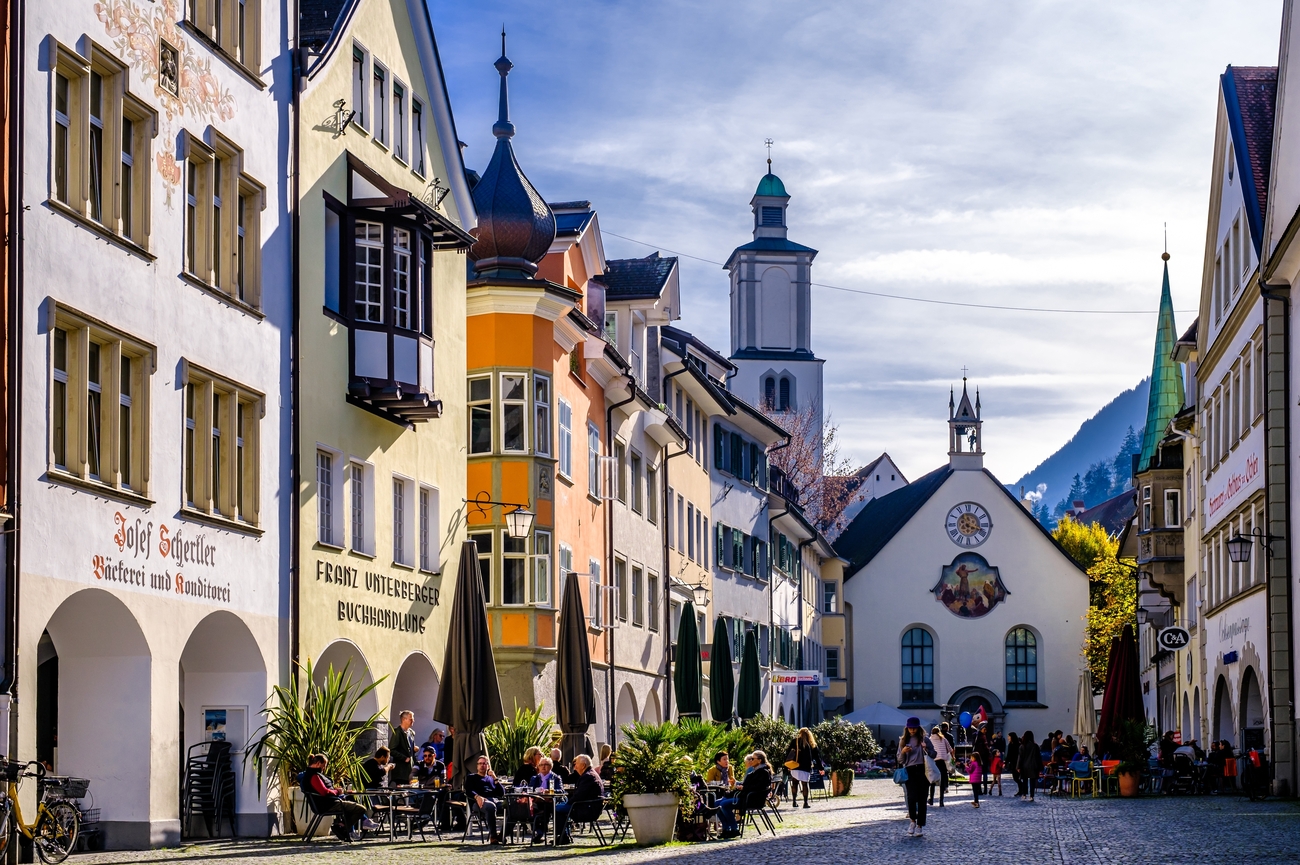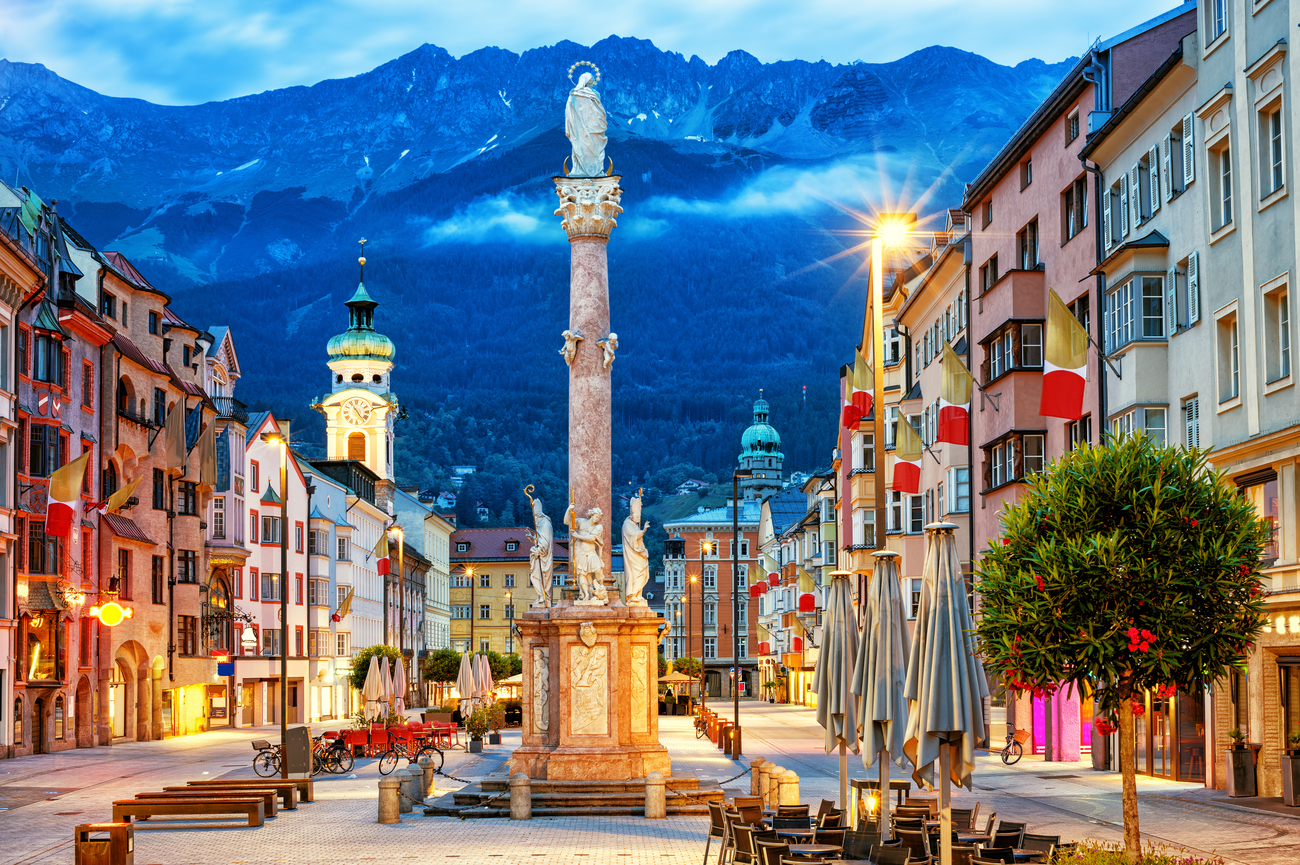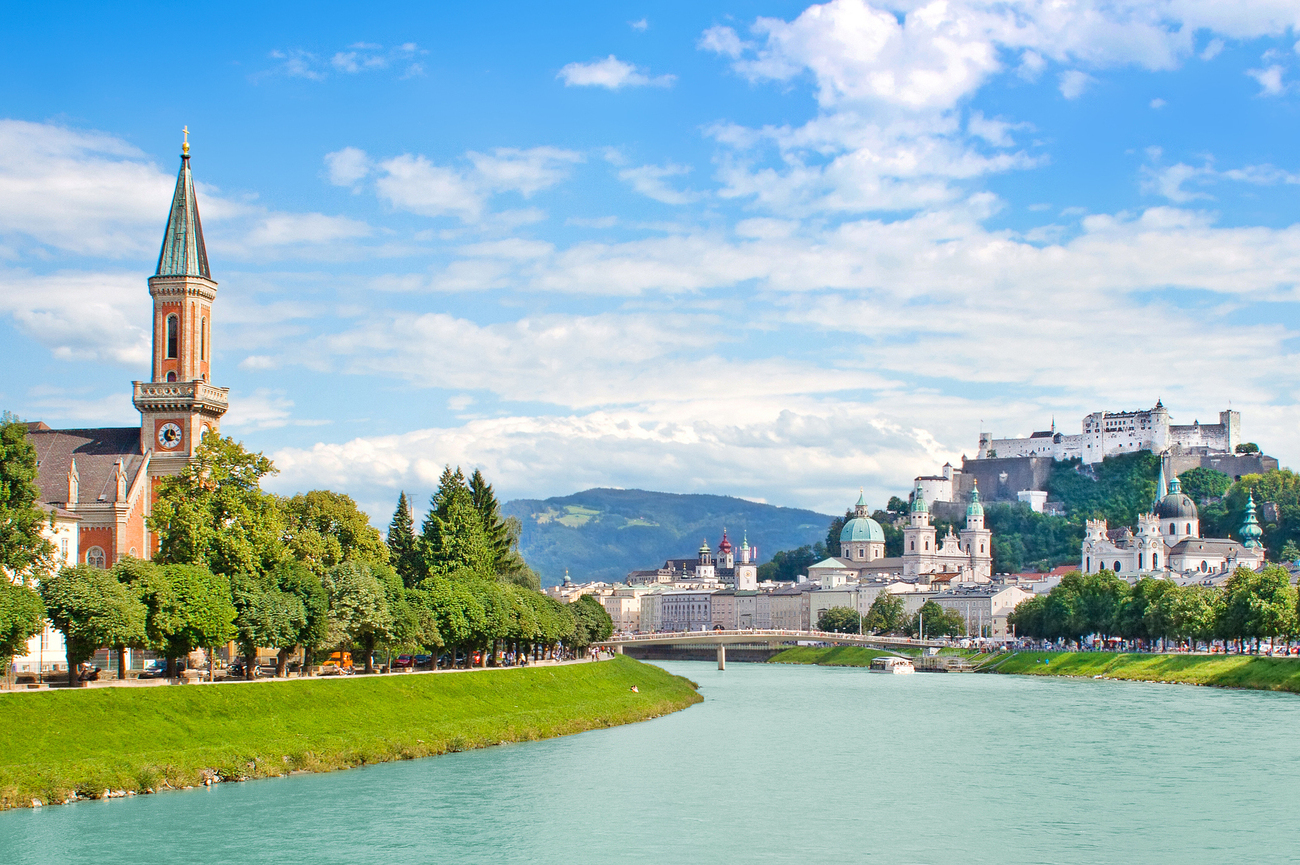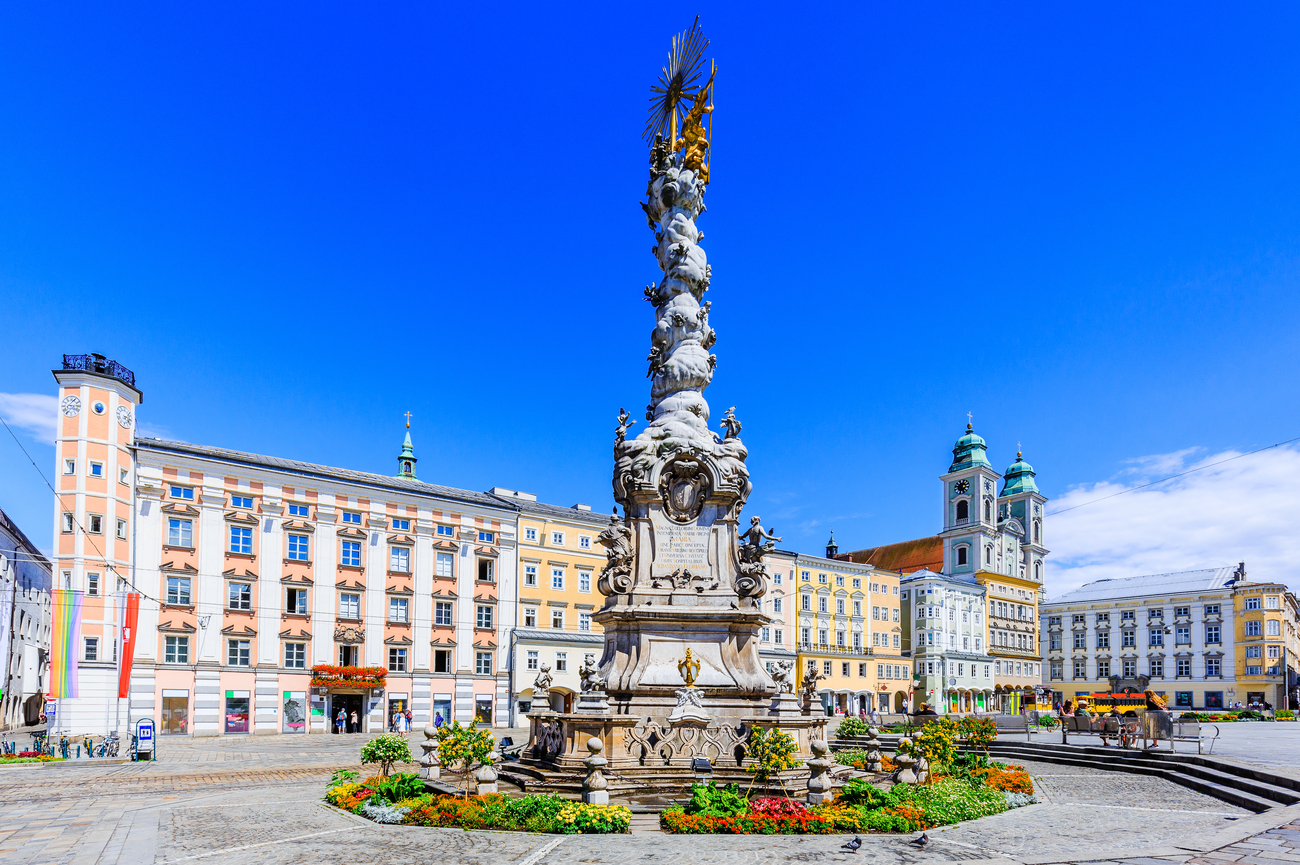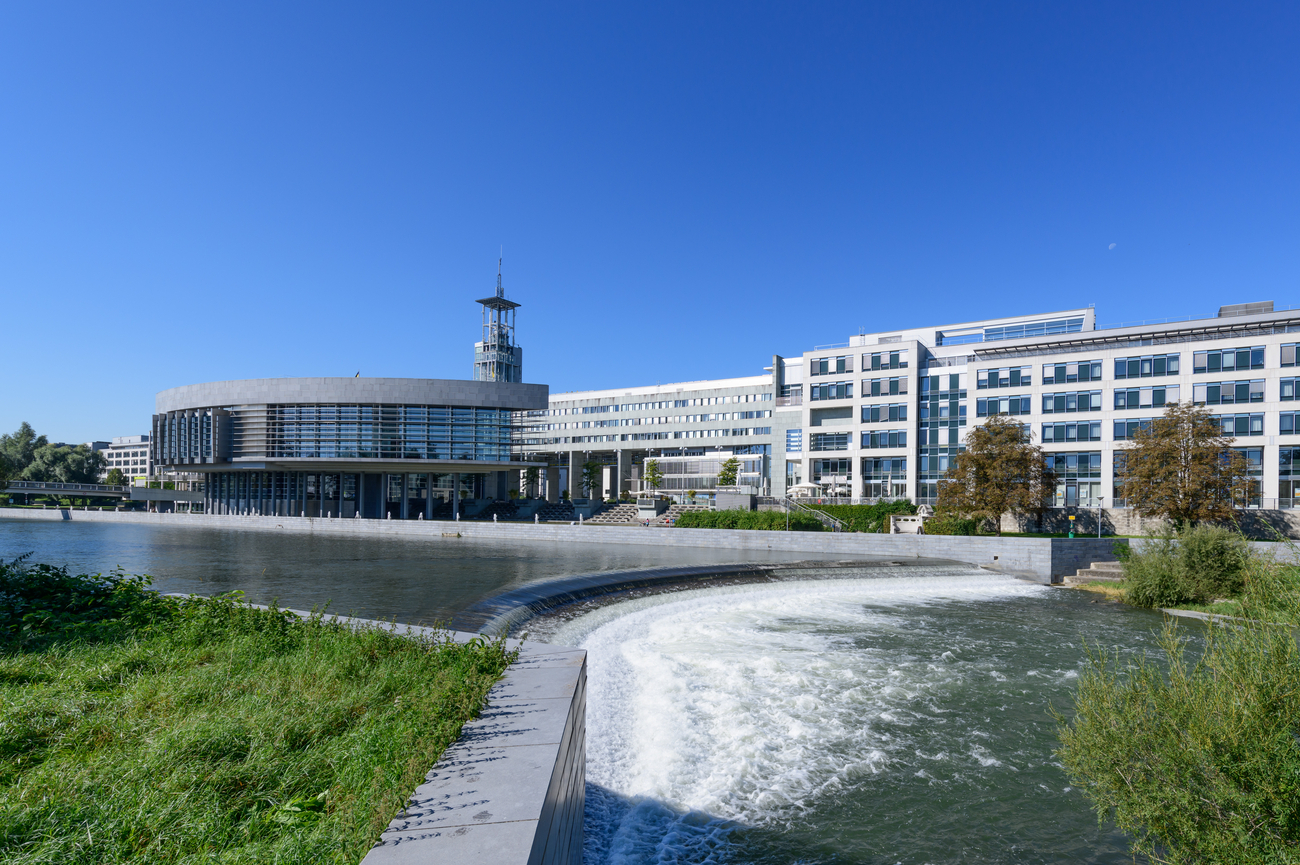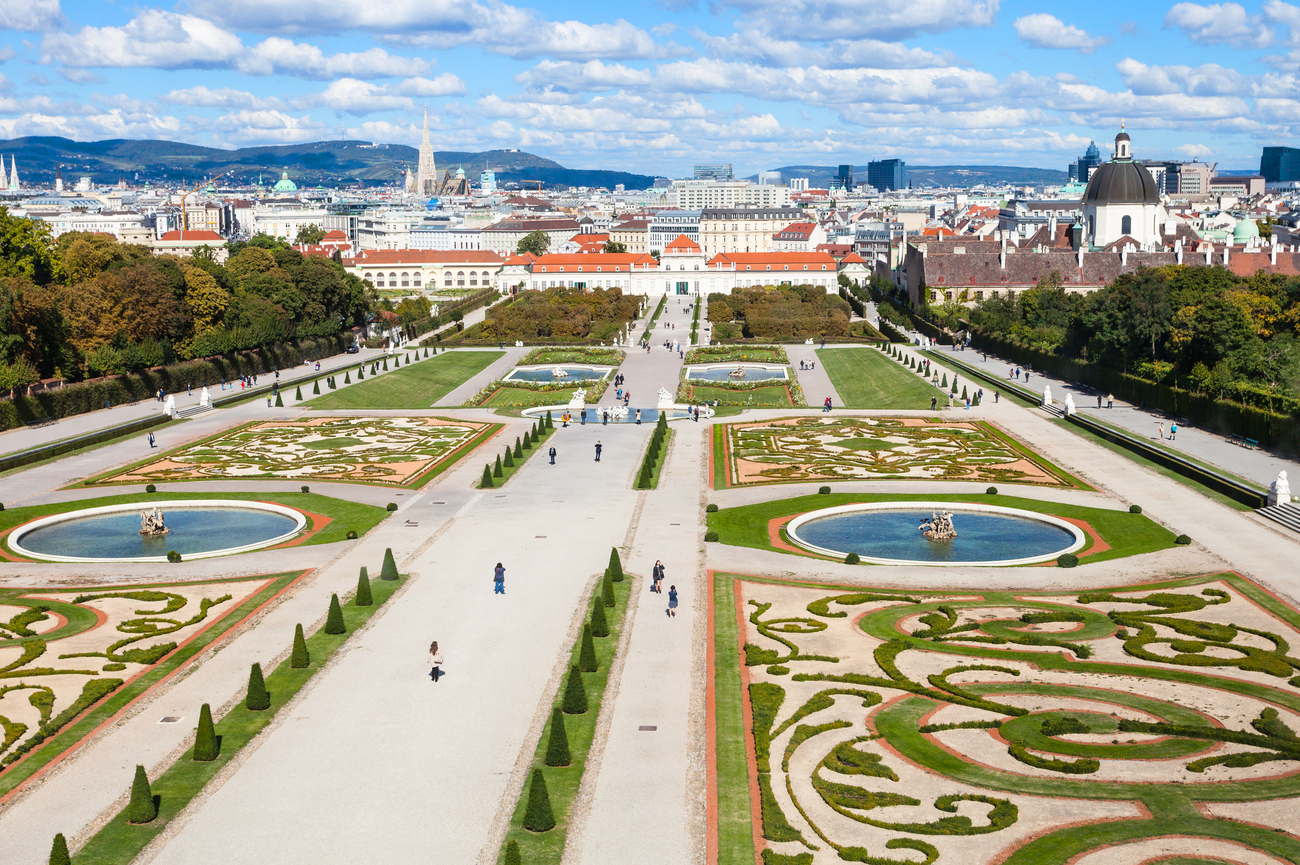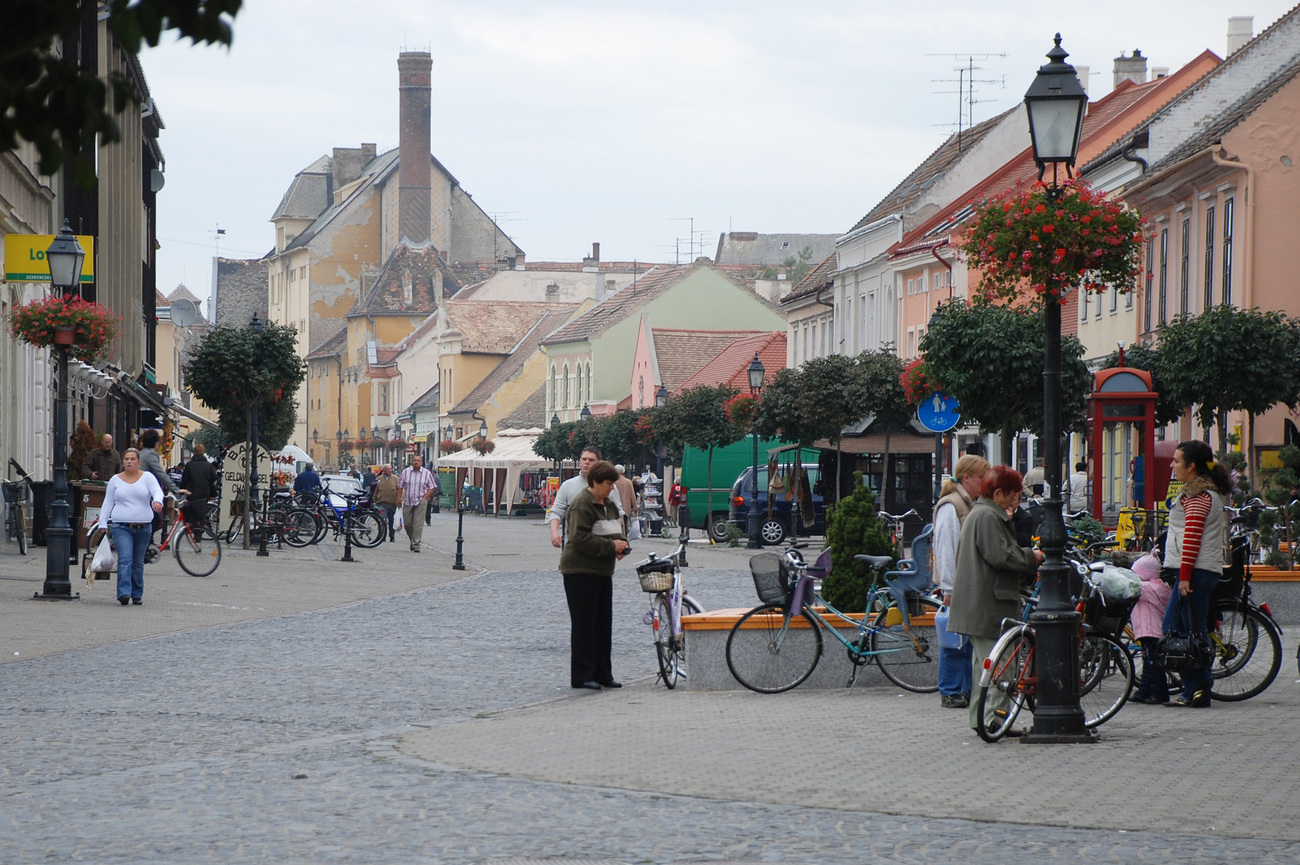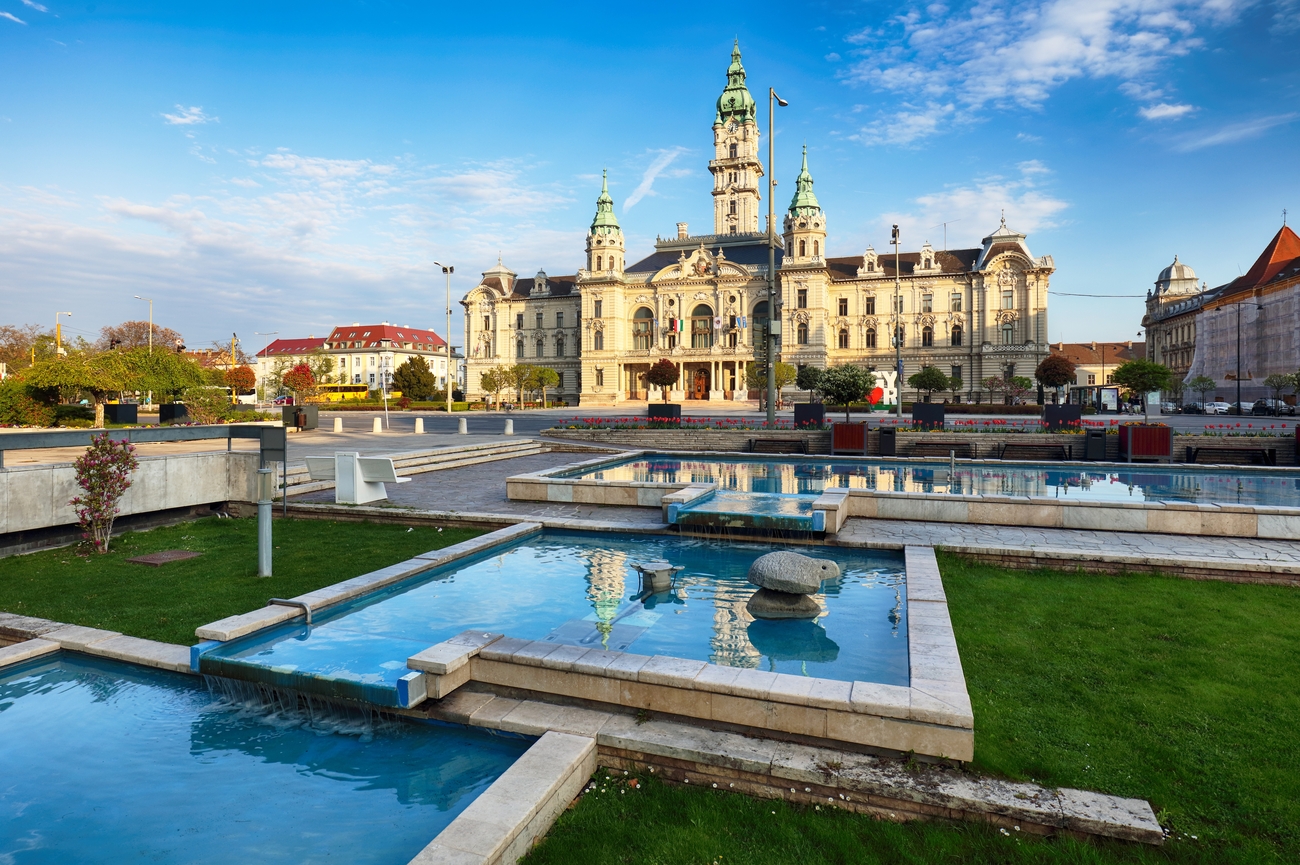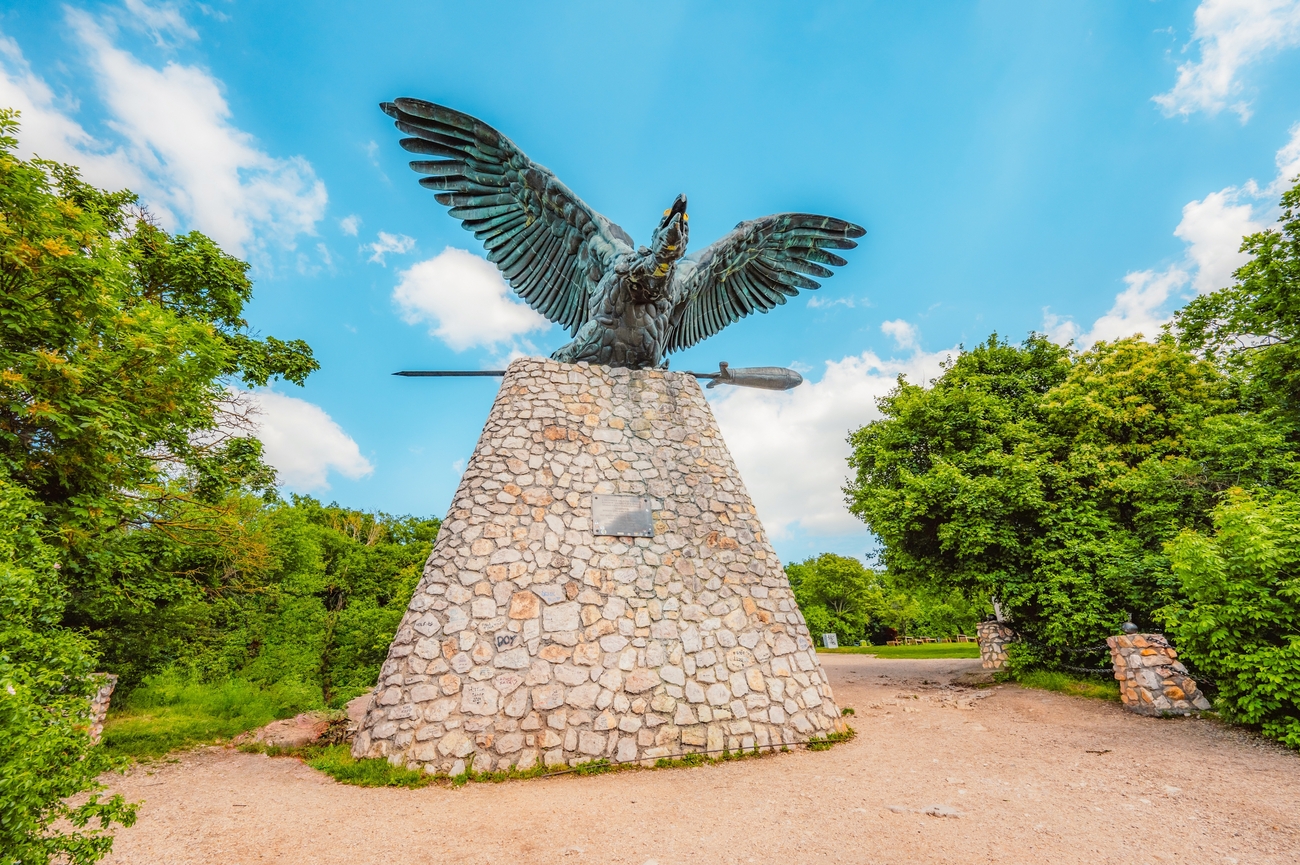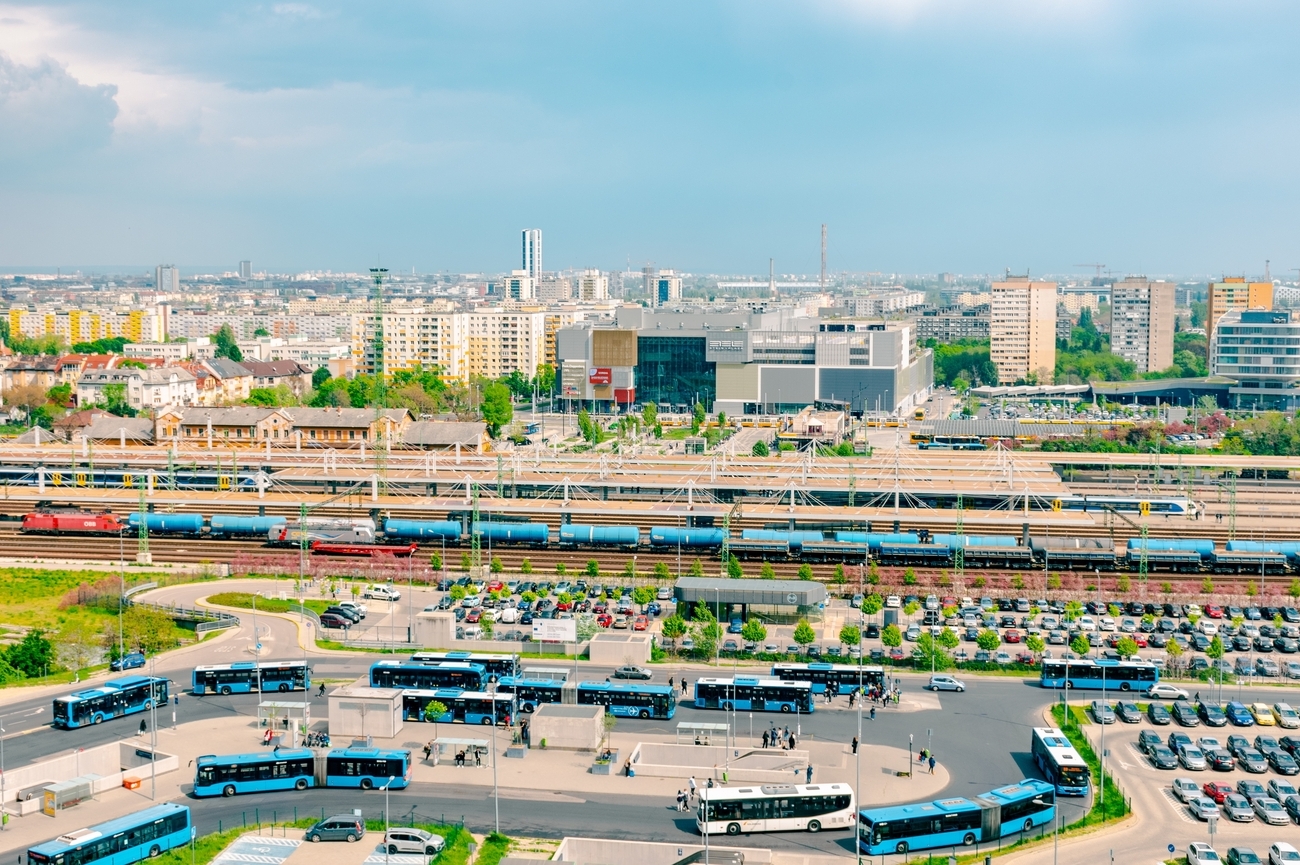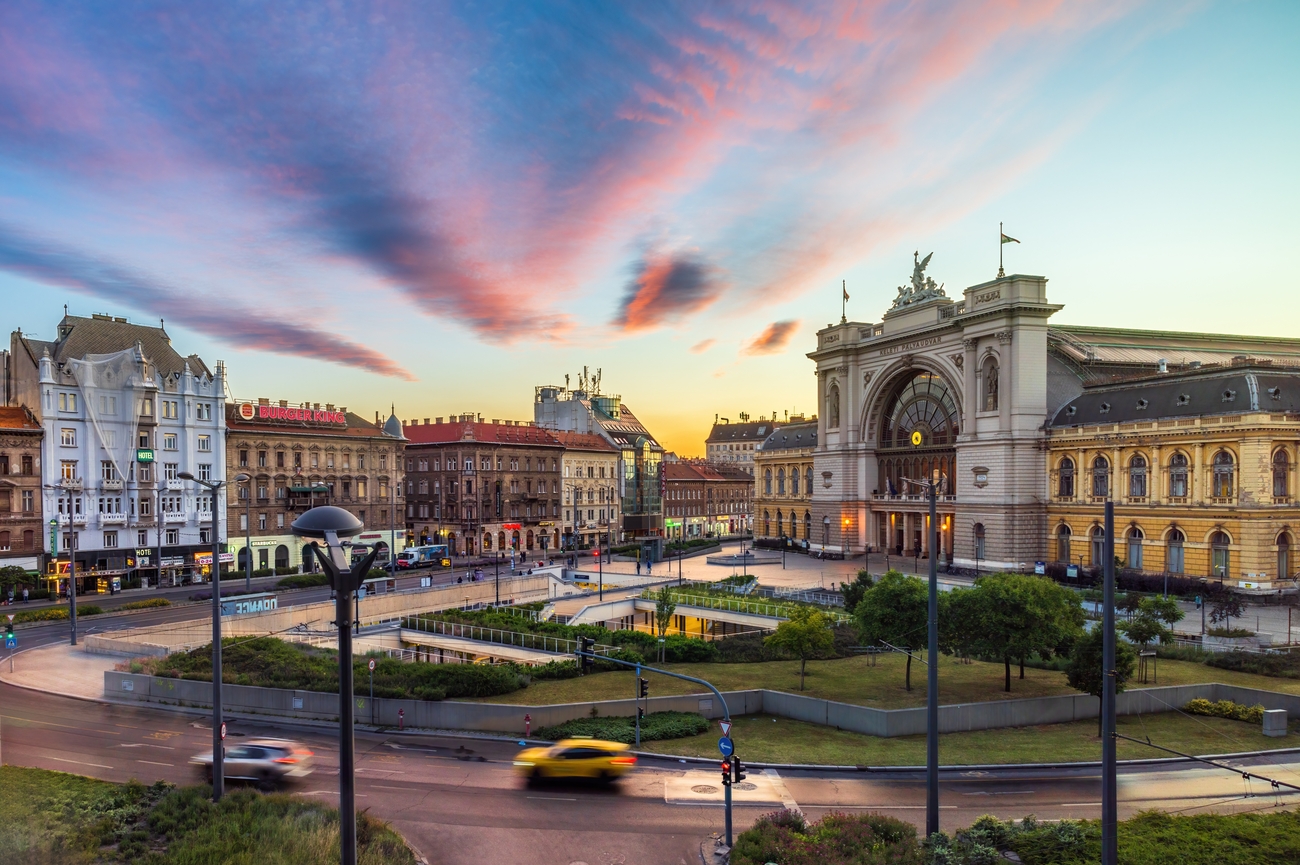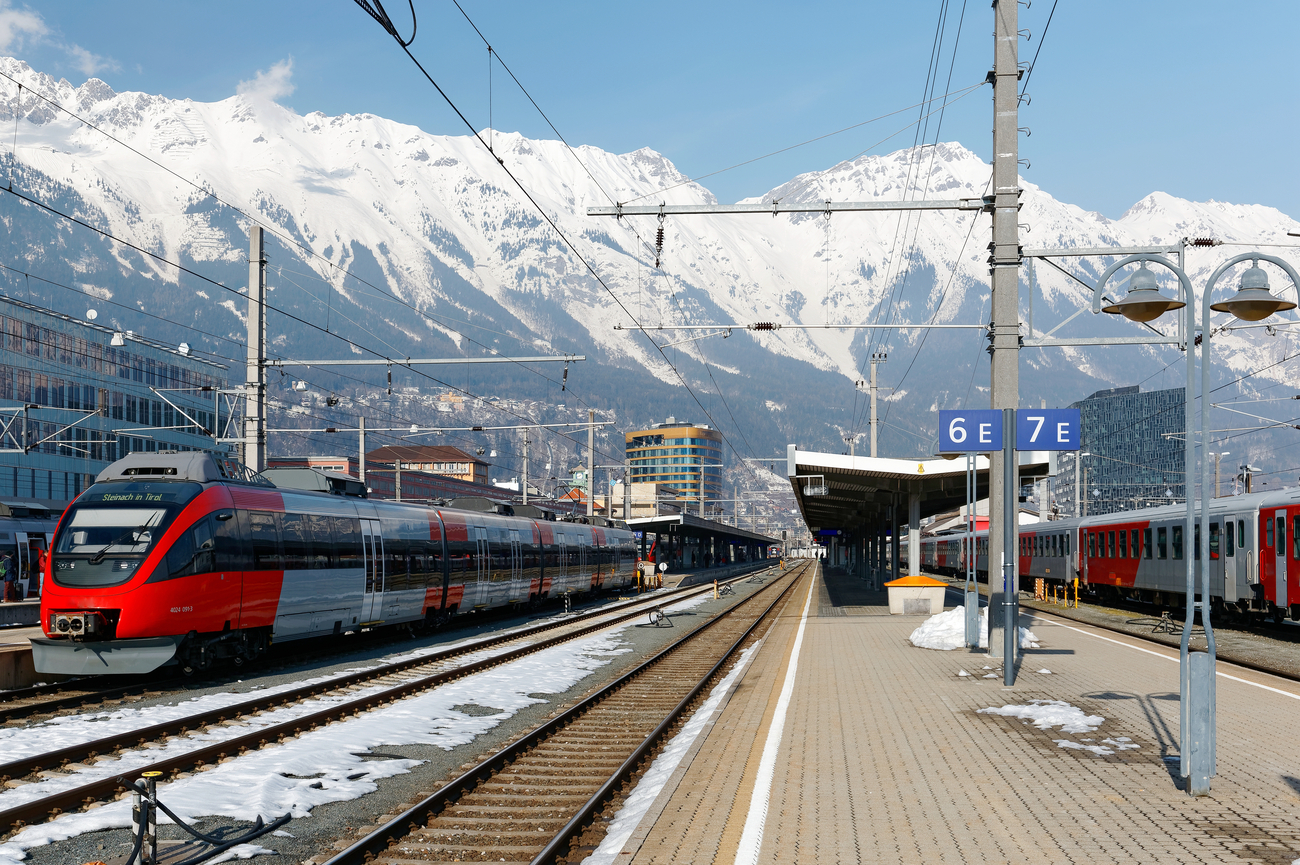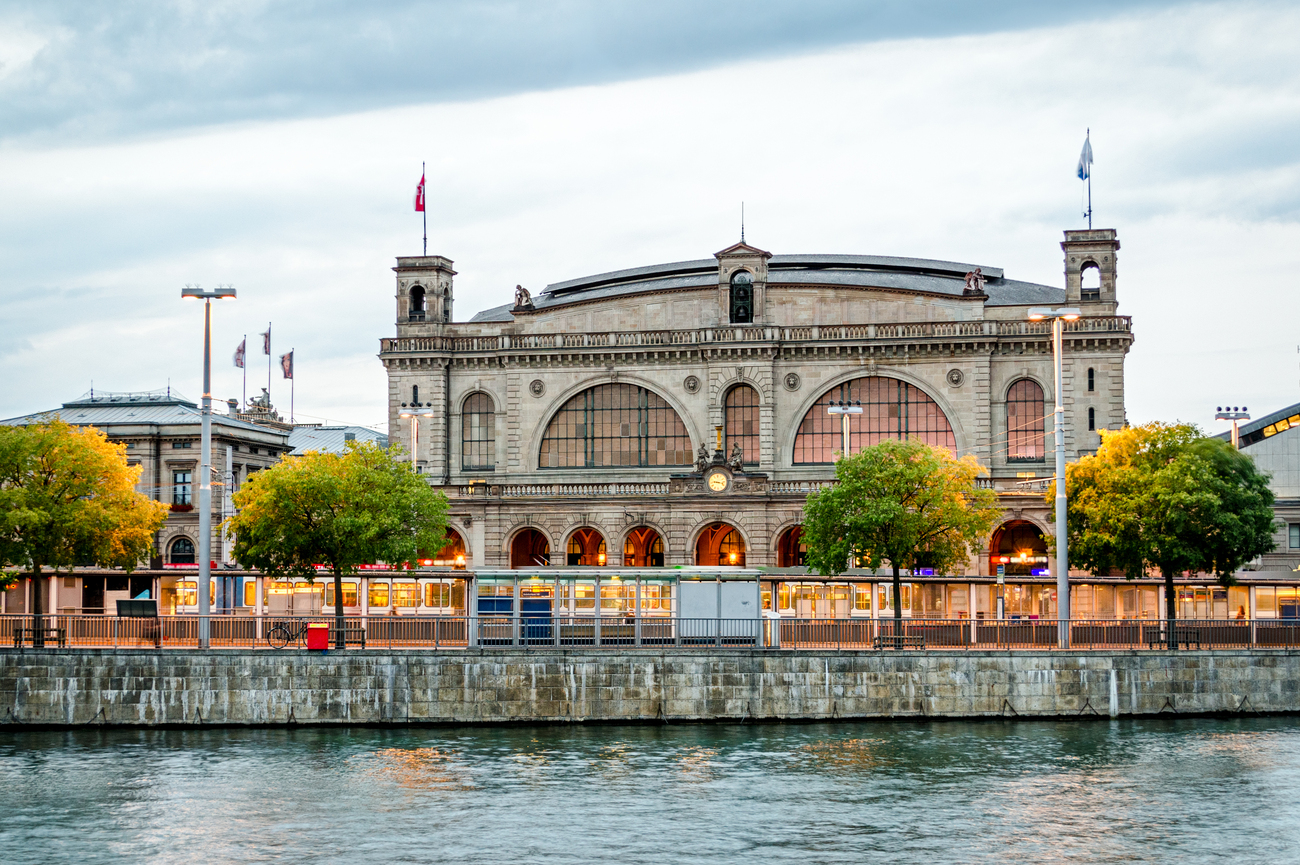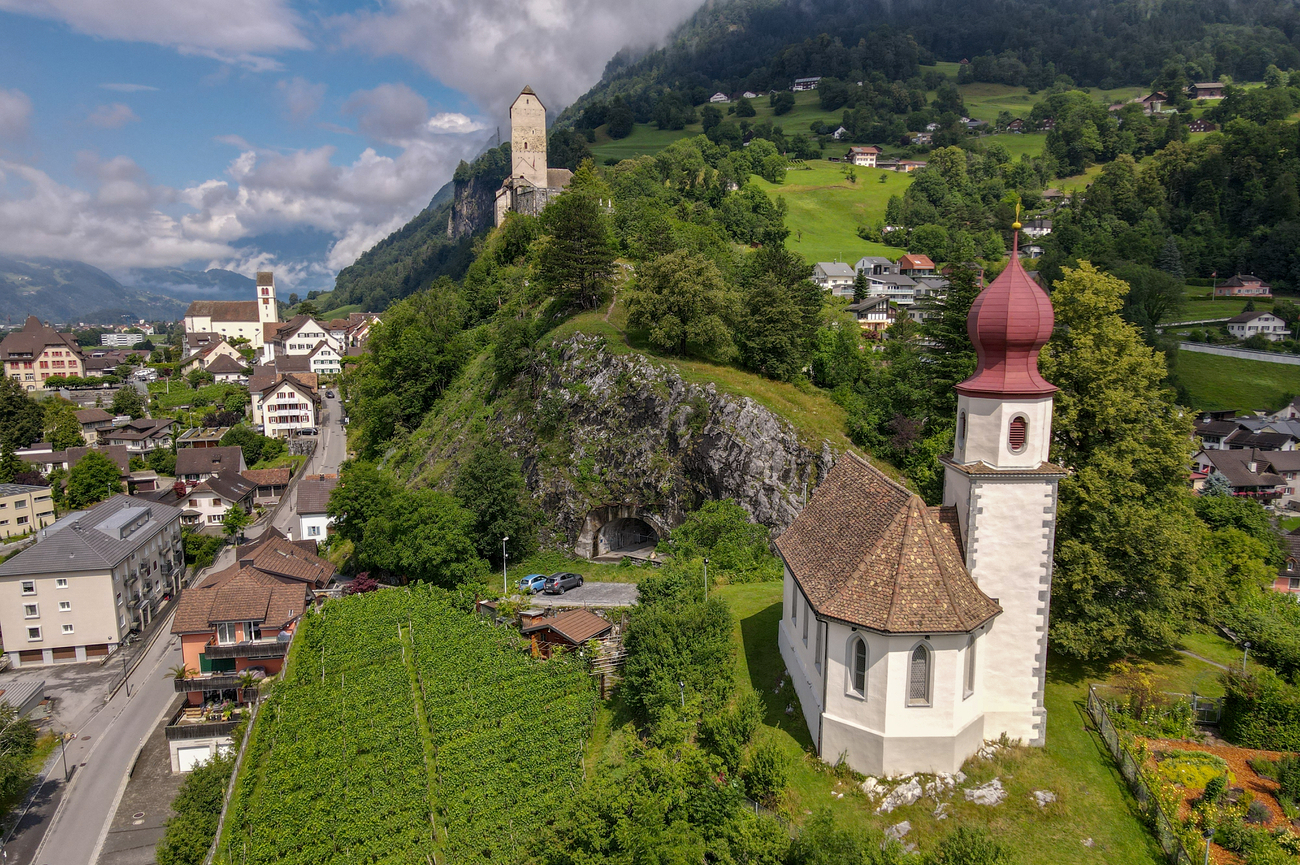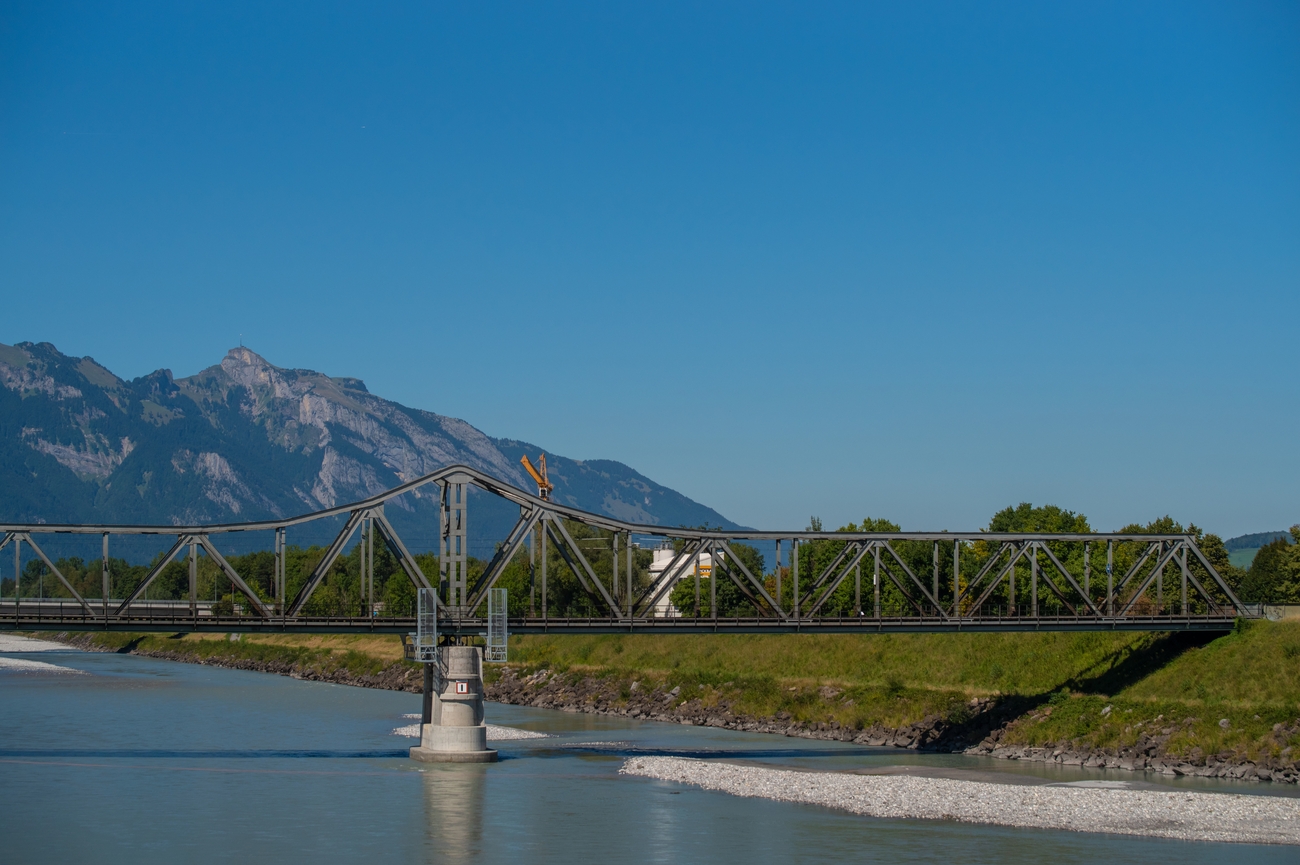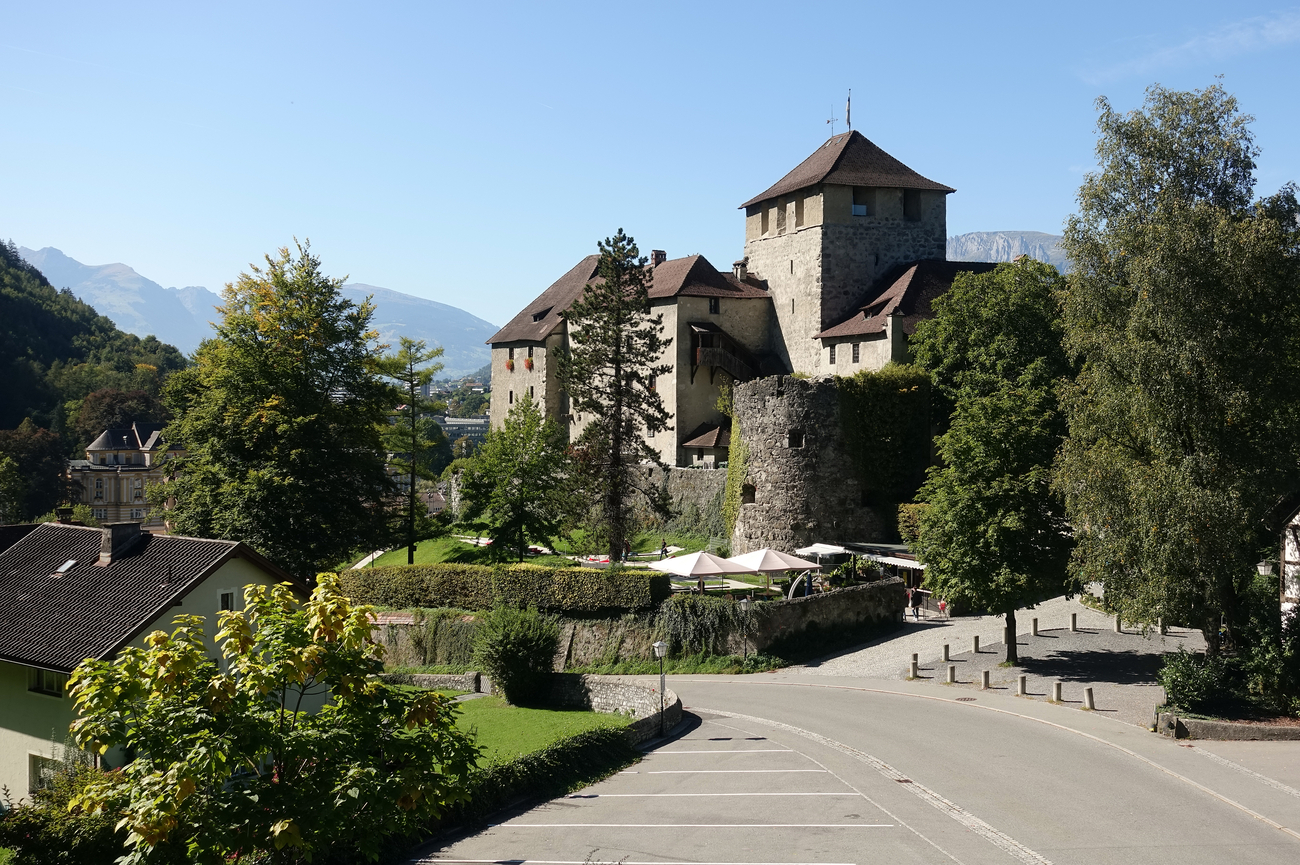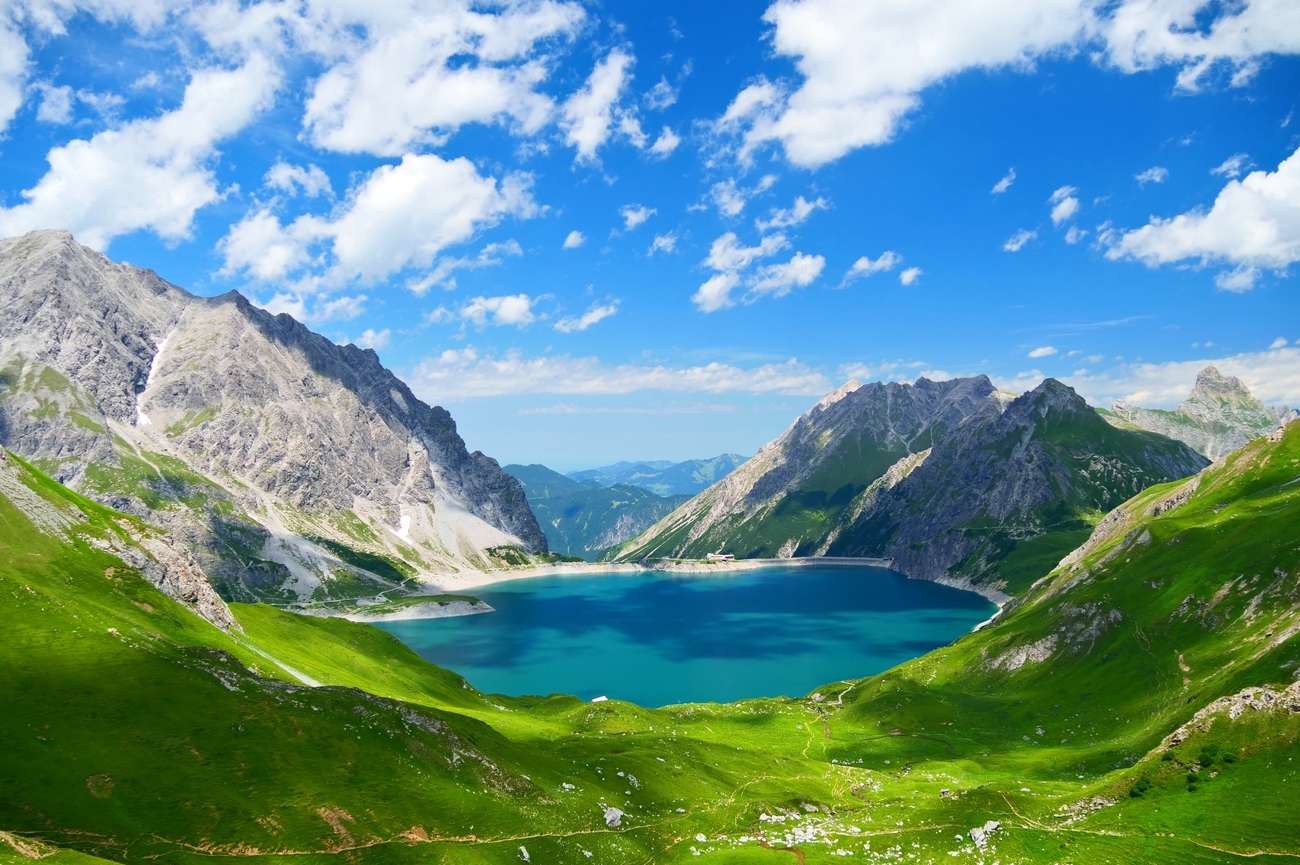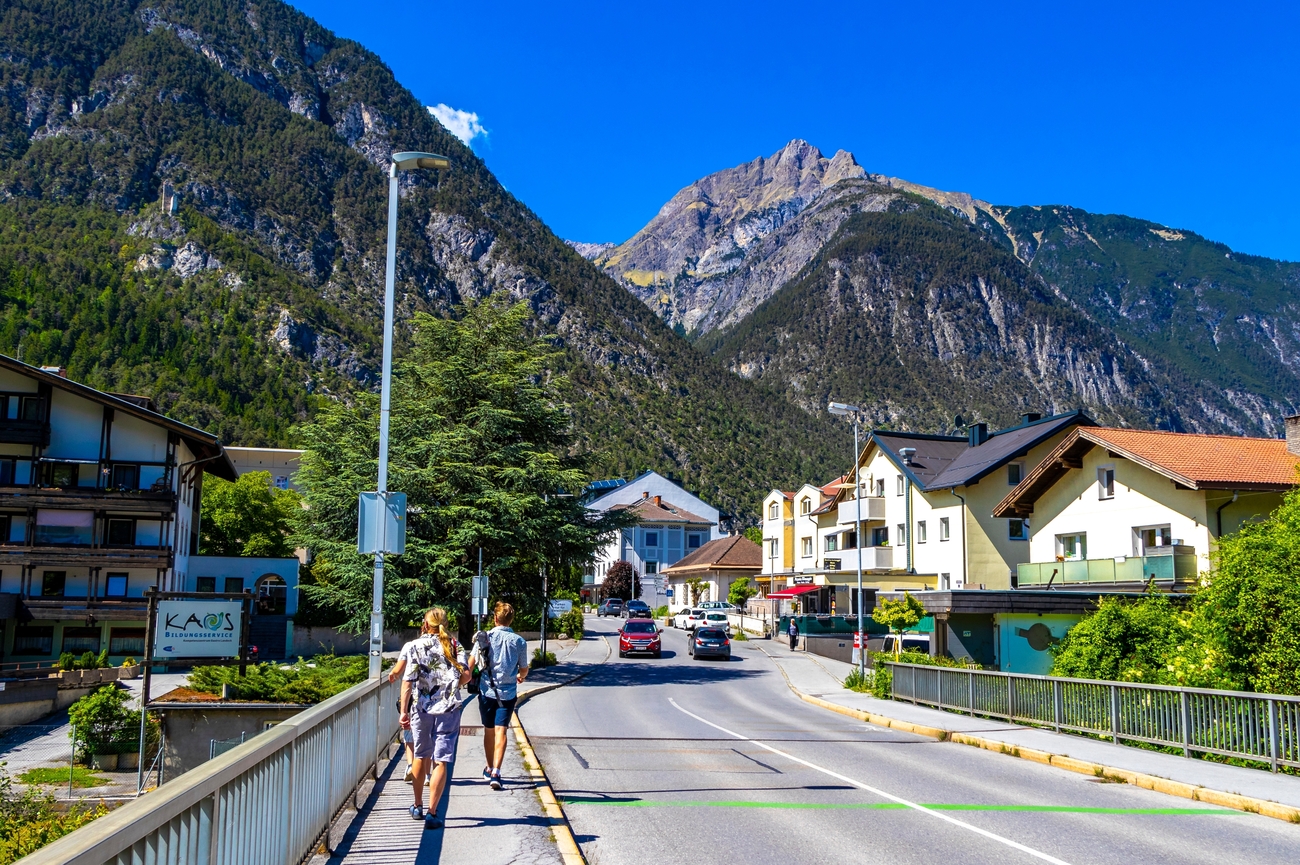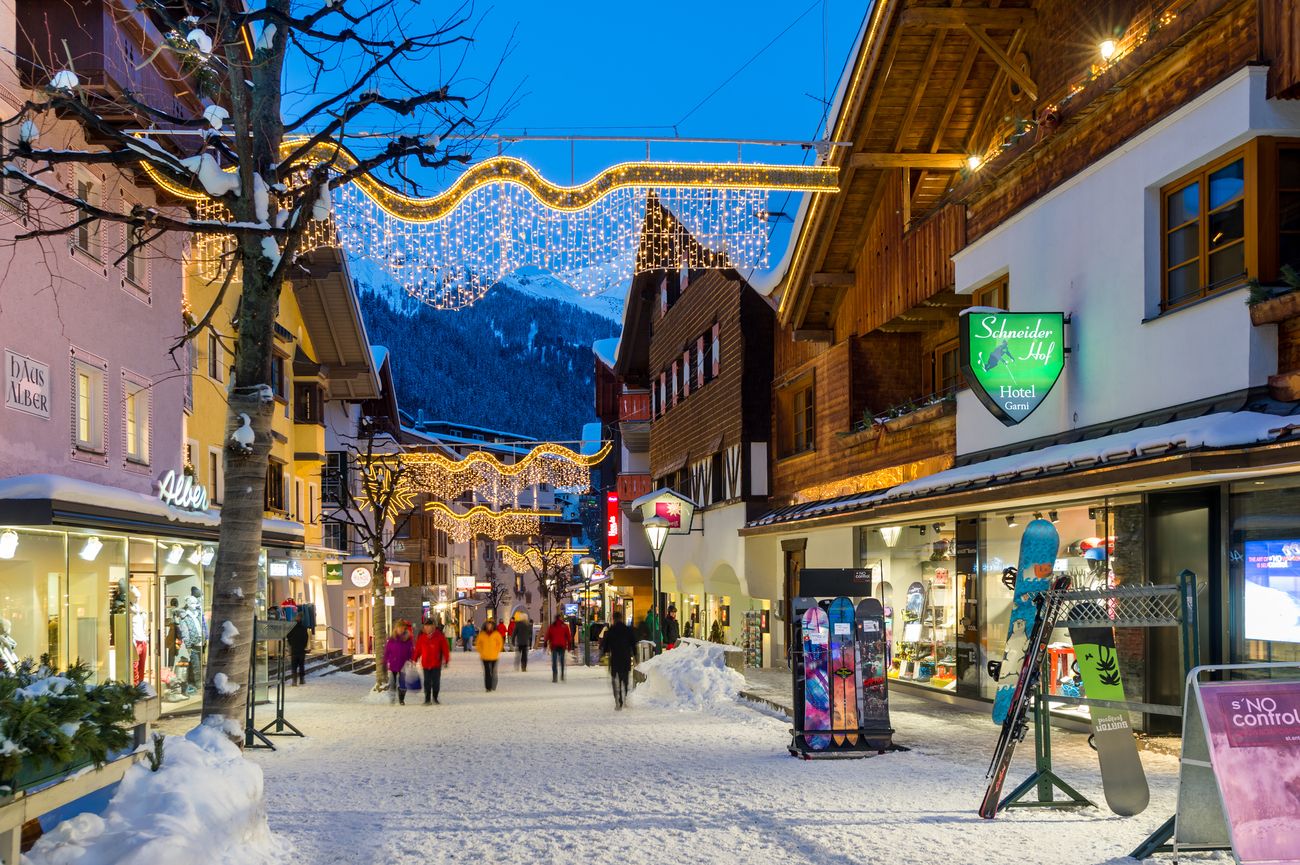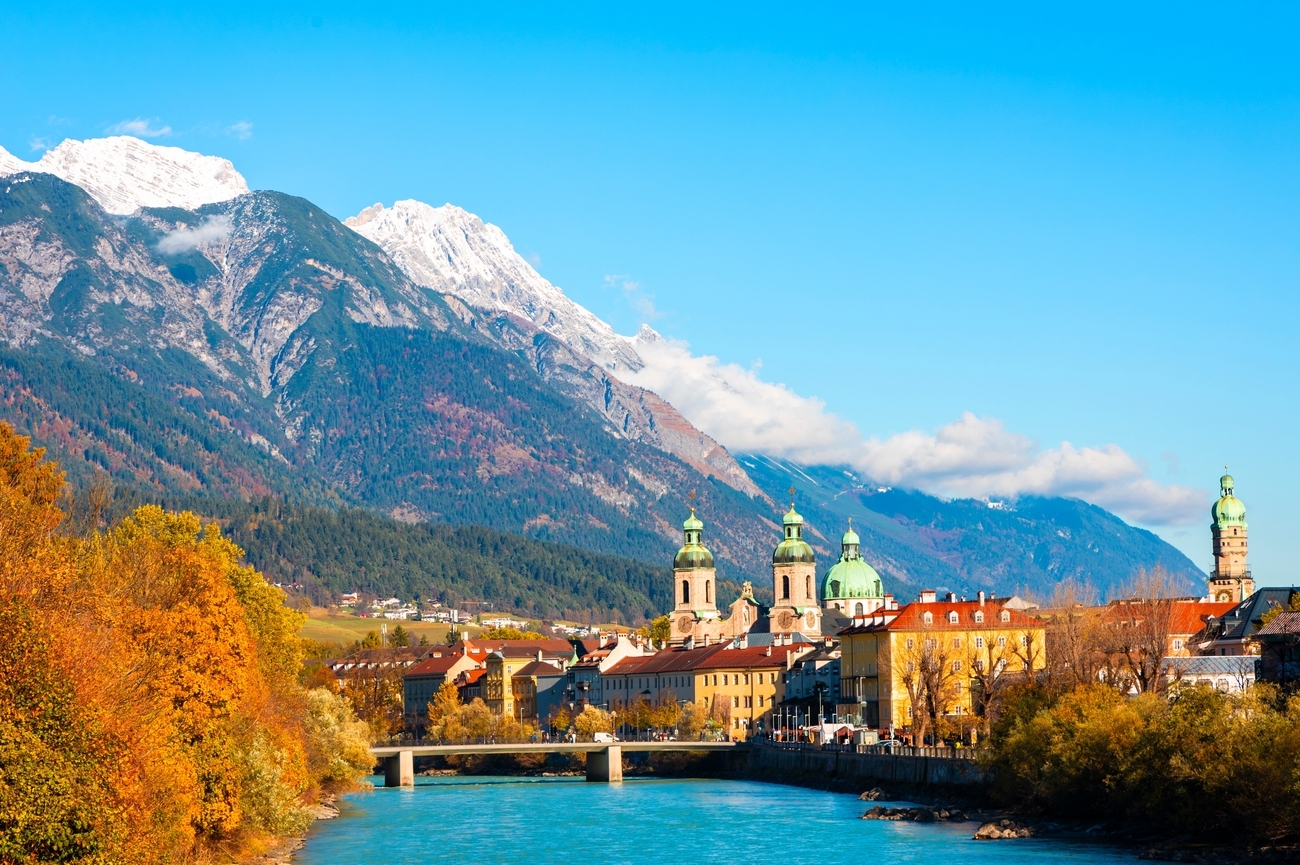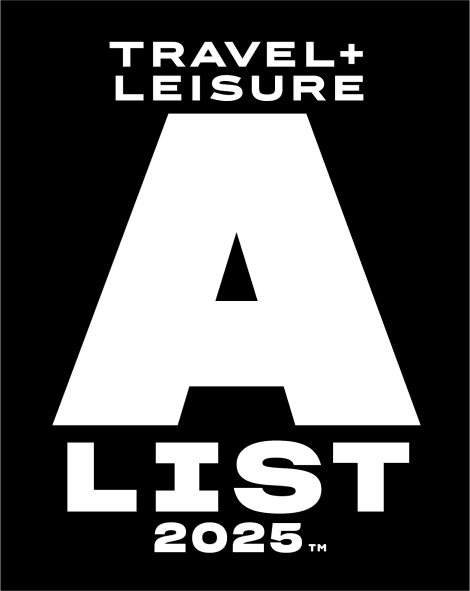The Railjet, an OBB train

Let’s talk about the Beyoncé of European railways. The ÖBB Railjet isn’t your average chug-along choo-choo; this is high-speed harmony on steel tracks. Born from the brilliance of Austria’s national railway company, ÖBB (Österreichische Bundesbahnen), the Railjet made its grand debut in 2008.
Now, let’s unpack this track star’s backstory. In the early 2000s, ÖBB needed a fast answer to Germany’s ICE and France’s TGV. Enter Siemens, the engineering wizard behind many of Europe’s high-speed darlings. Together, ÖBB and Siemens created a train so stylish and swift that it makes even airport lounges look jealous. The result? A locomotive family based on the EuroSprinter platform, fitted with high-speed comfort and affectionately known as the Railjet.
Speed? Check. The Railjet can hit up to 230 km/h (that’s 143 mph for those of us still haunted by high school math). And it doesn’t just stick to Austrian soil. These trains strut across borders, linking Vienna with cities like Munich, Zurich Budapest and even Venice, because why settle for schnitzel when you can have Swiss chocolate, too?
Railjet Compartments
Whether you're zooming across borders at 230 km/h or simply hopping between cities with coffee in hand, this bright red marvel makes sure the ride is never just about the destination. What really sets the Railjet apart? The way it caters to every type of traveler. From giggling toddlers to briefcase-wielding execs, there’s a compartment that feels like it was tailor-made just for you.
Economy Class
Let’s start with the backbone of the Railjet: Economy Class. But don’t be fooled by the name, this isn’t the cattle class of your nightmares. Think modern seats, air-conditioned coaches and generous luggage racks that actually make room for that extra pair of hiking boots. Want to charge your phone? There's one outlet per double seat.
First Class
Step it up to First Class and suddenly life just feels… roomier. More legroom, wider seats and fewer people. It’s the travel equivalent of discovering the VIP section of your favorite cafe. Your seat is adjustable, your laptop has its own outlet and your knees? They’ll never meet the seat in front of them again. You'll still have access to the restaurant car, but here’s the kicker: cabin service. That’s right, you sit back while someone brings you food and drinks from the bistro car like you're minor royalty.
Business Class
Now we enter the land of Business Class, where the seats are so spacious they practically blush with confidence. For just €15 more than First Class, you unlock a new realm of rail-based indulgence. We’re talking leather seats, adjustable everything and more legroom than a yoga retreat. Need to work? There’s a power outlet at every seat, Wi-Fi, fold-out tables and a quiet, focused atmosphere. But Business Class isn’t all work and no play: You’re greeted with a welcome drink. And the best part? Seat reservations are included, so there’s zero chance of awkwardly hovering with a ticket in hand, wondering which window seat might be yours.
Restaurant Car
Now, no matter your class, everyone’s invited to dine at the Railjet’s restaurant car. This is a cozy 14-seat haven with table service, white china and proper beer and wine. You can grab a bite and scurry back to your seat or settle in for a full meal. Because yes, train food can be good when it's not shrink-wrapped sadness. From warm dishes to pastries that would make Viennese cafés proud, this is fuel for the journey, not a last resort.
Family Zone
Welcome to Carriage 21/31, also known as Parentlandia. This is the Family Zone, the sacred space where crayons fly, cartoon cinema screens glow and nobody bats an eye when someone bursts into a Frozen singalong. It's decked out with table games and even a children’s cinema. It is a literal movie corner for mini passengers. Is it loud? Absolutely. But it's designed to be.
Bike Zone
In that very same carriage, OBB also caters to the Lycra-clad legends of the world, cyclists. The Bike Zone includes a secure compartment for bikes and eight dedicated seats right nearby. So yes, you can lovingly stare at your two-wheeled baby the entire trip, just to make sure no one’s giving it side-eye.
Quiet Zone
Need silence? Longing for uninterrupted scrolling, snoozing or existential staring out the window? Say hello to the Quiet Zone, available in both 1st and 2nd class. This is where noise goes to die. No calls, no loud videos, no debates about where to eat. Just peace, calm and possibly the faint hum of someone’s noise-cancelling headphones.
Railjet Itineraries

Zurich to Vienna
Some journeys are about getting there fast. Others are about traveling well. But every so often, you get both. Enter the ÖBB Railjet's Zurich to Vienna route, the scenic showstopper that clocks in at just under 8 hours, links two world-class cities and still manages to leave room for a strudel or two along the way. This is Austria and Switzerland’s ultimate power couple on rails which covers 778 kilometers.
Zurich
Your journey begins at Zurich HB, a station so punctual it practically blinks in Swiss. It’s the grand central temple of timeliness. As the Railjet rolls into the platform, its deep red exterior gleams like it knows it’s the main character. You settle into your seat, whether it’s Economy with Alpine views or Business Class with leather everything and just like that wheels up, metaphorically speaking.
Sargans
About an hour in, you breeze through Sargans, the Swiss town where castles perch on cliffs like dramatic influencers waiting for their drone shots. You may not stop, but trust us, the windows were designed with this moment in mind. It’s all mountains, meadows and the occasional cow cameo.
Buchs SG
Next up is Buchs SG, your official Swiss-Austrian handshake. No passport check, no awkward customs conversations, just a smooth glide into EU rail territory. This town is modest in size but mighty in function, a tidy little border post that quietly whispers, “Welcome to Austria, darling.”
Feldkirch
As you slip into Feldkirch, Austria starts showing off. This medieval gem peeks through your window like it’s trying to photobomb your Insta story. The town’s skyline is dotted with spires, historic buildings and just enough charm to make you want to Google it later.
Innsbruck
By the time you reach Innsbruck, you’re deep in Tyrol territory. This is Austria’s mountain queen. This is a place where snow-capped peaks pose in every direction and the architecture swings between imperial and ski-lodge chic. The stop is brief, but dramatic.
Salzburg
Yes, that Salzburg. Birthplace of Mozart, backdrop of The Sound of Music and one of Europe’s prettiest pit stops. You may not hop off here, but your eyes will. Even the station has a musical ring to it.
Linz and St. Pölten
Rolling eastward, the Railjet pulls into Linz, Austria’s steel-and-art hybrid, and then St. Pölten, a quietly confident city that always looks like it just tidied up. These are the final warm-up acts before the grand finale and the train knows it.
Vienna
Just under 8 hours after departing Zurich, you arrive at Vienna Hauptbahnhof, where old-world grandeur meets smart-city swagger. It’s the kind of place where you can sip Melange in a baroque café and pay for it with contactless. From palaces and operas to street art and startup hubs, Vienna doesn’t ask for your attention; it demands it. And thanks to Railjet, you arrive in the heart of it all, refreshed, uncrumpled and with your dignity still intact.
Zurich to Budapest
When the sun climbs above the peaks and the day's just waking in Zurich, the Railjet gets rolling. The Zurich–Budapest daytime route is less “commute” and more “continental concert”: 10.5 hours of lakeside gliding, Alpine crescendos, imperial interludes and Deco-era Budapest flair all without you lifting a finger (or changing trains).
Zurich
Your journey begins at Zürich HB, Switzerland’s busiest and most magnificent station. It is equal parts elegant arched halls and commuter powerhouse. Platforms stretch out like the pros of punctuality, with digital boards that never lie and escalators that glide smoother than Swiss chocolate.
Buchs SG
An hour in, you glide into Buchs SG, the unofficial stage where Switzerland hands you off to Austria via Liechtenstein without a passport shuffle. This isn't just a scenic stop; it's a threshold.
Feldkirch
Your first real Austrian applause comes at Feldkirch, a town where medieval streets peek at the train windows and castle silhouettes dot the skyline. Brace for Alpine air and the beginning of mountain majesty. It's brief, but it’s enough to make you feel like the Alps are gathering around the carriage to cheer you on.
Innsbruck
Next stop, Innsbruck. This is that Alpine center-stage moment, carved into a valley and surrounded by peaks. The station may be modest, but the view is cinematic: craggy skyline, Alpine architecture and whispers of winter sports.
Salzburg
Salzburg is a cultural crescendo. The train will glide past fortress turrets and pastel rooftops. Even from your seat, it feels like soundtracks could burst into play at any moment.
Linz
Onward to Linz, where innovation meets industry. The city won’t sway you visually, but it anchors Austria's blend of art and steel. Inside the station, you sense the efficiency, a little industrial and you keep gliding east, swapping Tyrolean peaks for lower-altitude charm.
St. Pölten
A quick pause in St. Pölten gives the journey a crisp punctuation before Vienna’s grand act. This station feels modern and polished. It’s a snapshot of Austrian efficiency, just before you roll into the capital.
Vienna
Enter Vienna Hbf, where the Zurich and Budapest sets of the Railjet merge and then resurge eastward together. Vienna’s station hums with imperial composure. The stop is short, but Vienna's presence is palpable: cafe culture, baroque facades and metropolitan pulse all just behind those station walls.
Hegyeshalom
You cross into Hungary at Hegyeshalom, a station so small it whispers. It marks the border and transition of systems. There’s a brief pause, customs checks occur offstage (if at all) and suddenly you’re on Hungarian soil, with a subtle shift in accents, signage and the Danube drawing near.
Mosonmagyaróvár
Next, Mosonmagyaróvár, a modest town with deep historical roots, peeking at you from the carriage window. Not flashy, but perfect if you’re looking for that “real Europe” detail.
Győr
Here’s Győr, the city of rivers, arriving like a quiet interlude mid‑trip. Gothic rooftops, baroque buildings and the thrum of Central European life. You feel the heritage river beside you as the train pauses, giving you a glimpse of early Hungarian elegance.
Tatabánya
A short hop takes you to Tatabánya, Hungary’s industrial workhorse. Smack‑dab in commuter territory, it’s efficient and grounded. Think concrete platforms, workers boarding and a flicker of urban utility before the glamour of Budapest.
Kelenföld
Some services pause at Kelenföld, Budapest’s suburban gateway. Quiet, functional and ideal if you’re planning to jump to Metro Line 4, it’s a perfect early exit if your destination lies outside the center. Plus, less hustle for early passengers.
Keleti
Finale time at Budapest–Keleti, the grand eastern terminus. The station facade leans into Neo‑classical drama with arches and columns that feel straight out of a grand novel. You’re in Budapest, ready to explore thermal baths, ruin pubs, opera houses and all the stories this storied city holds.
Zurich to Innsbruck
Forget the cramped chaos of airport terminals and the tedious drag of long-haul drives. Hop aboard the Railjet and in just over three luxurious hours, glide from Zürich’s urban polish to Innsbruck’s mountain-chic charm. Whether you’re sipping Swiss coffee in Business Class or gazing at the Arlberg Pass from a First Class panorama seat, every kilometer feels curated.
Zurich
Your adventure begins at Zürich HB. Beneath soaring arches and digital timetables more reliable than your morning alarm, the sleek red Railjet glides in. Choose Economy, First or Business, settle into your seat, grab a snack or espresso and get ready.
Sargans
The train threads into Sargans, a lakeside town that looks like someone sculpted it out of storybook scenery. From here, the Alpine panorama ramps up. Just imagine the kind of postcard-perfect Stilte so good you might ask for it on repeat.
Buchs SG
Next stop: Buchs SG, which unofficially does the handshake between Switzerland, Liechtenstein and Austria. No passport checks, no fuss. It’s about 1 hour and 29 minutes in and signals your passage into Tyrol territory.
Feldkirch
Enter Feldkirch, Tyrol’s medieval welcome mat. The train stops long enough for you to sense the change. This place is all cobblestones, castle towers and Alpine whispers. Legally Austrian now, you feel the rail quietly slide into a new rhythm.
Bludenz
Before the major mountain stretch, Bludenz appears. This place is famed as Vorarlberg’s chocolate town and the official cue that the Alps are about to take center stage.
Landeck-Zams
As the train arcs through the Arlberg Pass, it lightly pauses at Landeck‑Zams. Just a swift stop that signals the heart of mountain territory. This is where engineering meets elevation, winding through tunnels and across ridgelines before arriving at the next alpine icon.
St. Anton
Arrive at St. Anton Arlberg, ski resort royalty and winter’s personality icon. Whether snow-dusted or sunlit, this Alpine village practically beams from your window with mountain-lodge vibes. It is ideal if you plan a seasoned ski trip or just want valley queen views.
Innsbruck
Your finale: Innsbruck Hauptbahnhof, where Tyrolean peaks greet pastel rooftops. The station is efficient, but step outside and you’re in a basin framed by crowns of mountain ridges. From golden roof to cafe culture, it is epic and effortless all at once.
How to book a Railjet trip with ease
There’s no need to wrestle with confusing train portals or clunky seat maps. At Revigorate, we design seamless itineraries that include the best Railjet connections, pre-selected seats in your ideal class, and private transfers at both ends. Want a lakeside lunch in Salzburg or an overnight in a castle en route to Budapest? We’ll stitch it all together — beautifully.
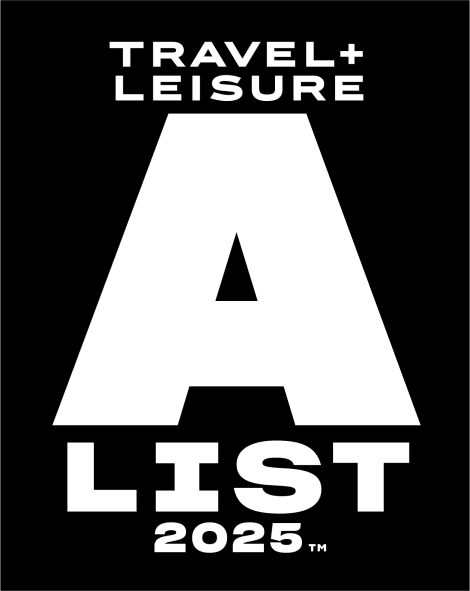

Let us know what you love, where you want to go, and we’ll design a one-of-a-kind adventure you’ll never forget.
Get in touch
Miriam
Europe & Africa Expert

Romina
Europe & Africa Expert

Catiane
Europe & Africa Expert
Our offices:
